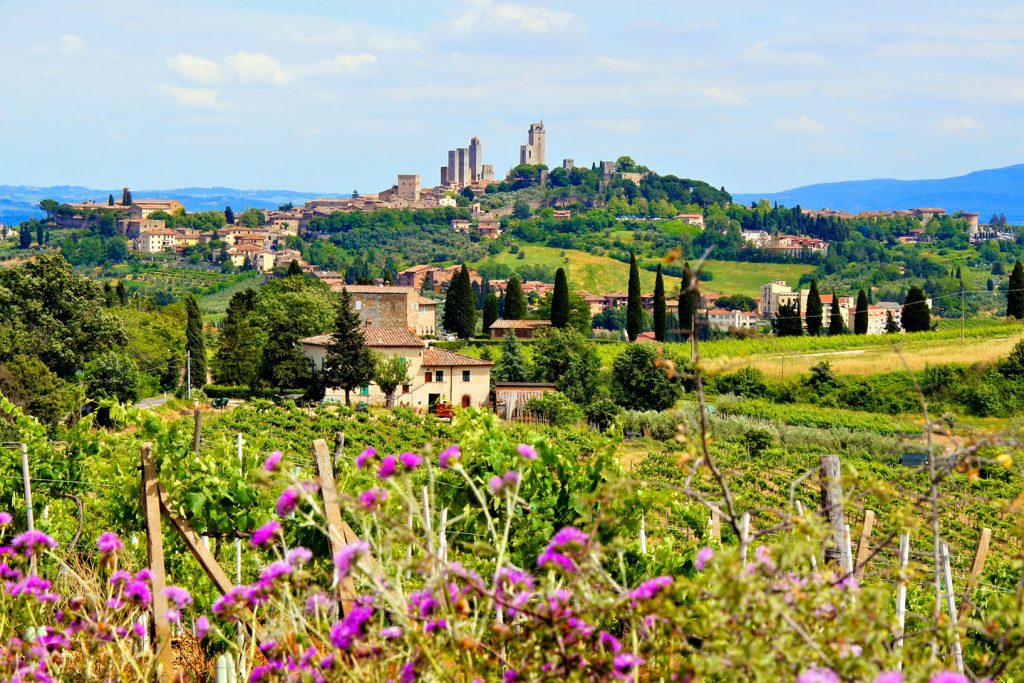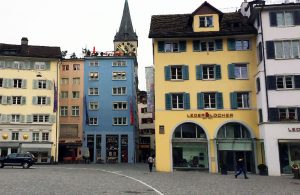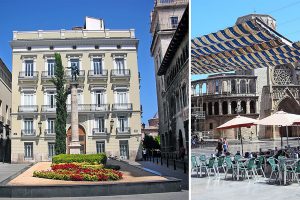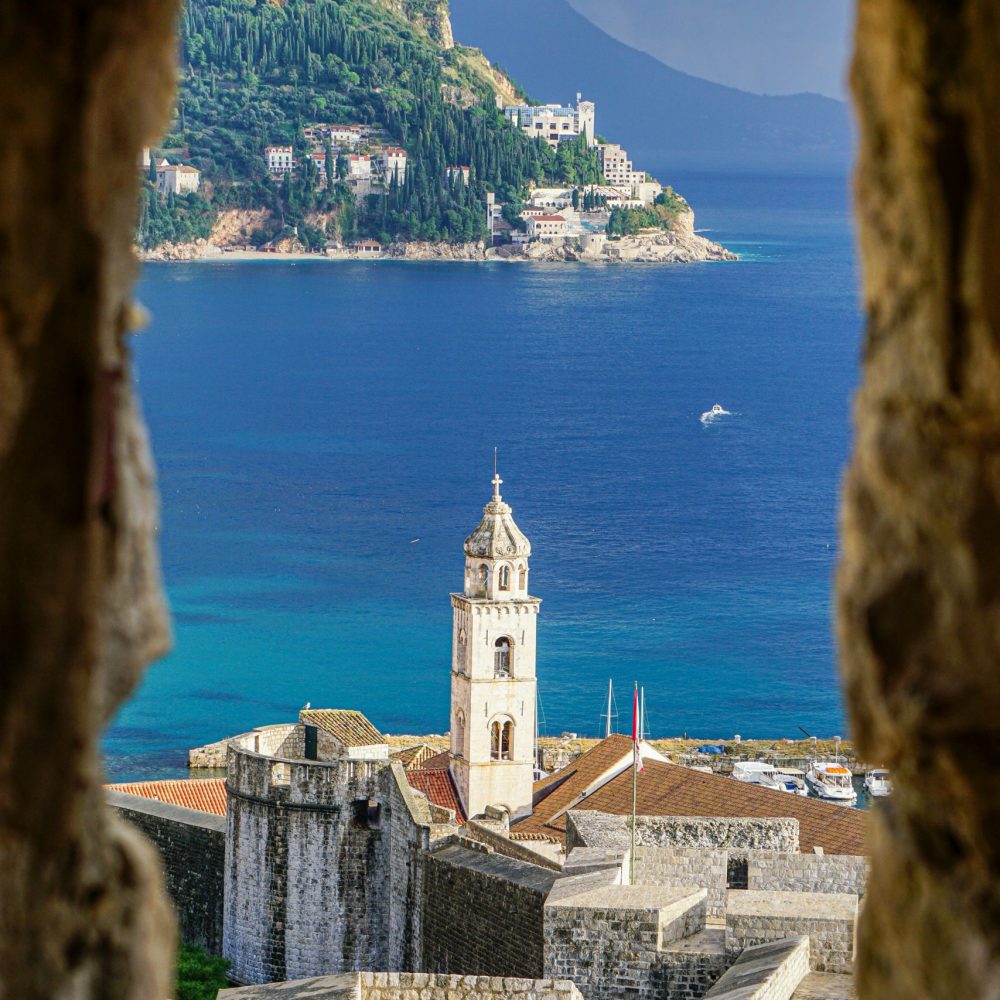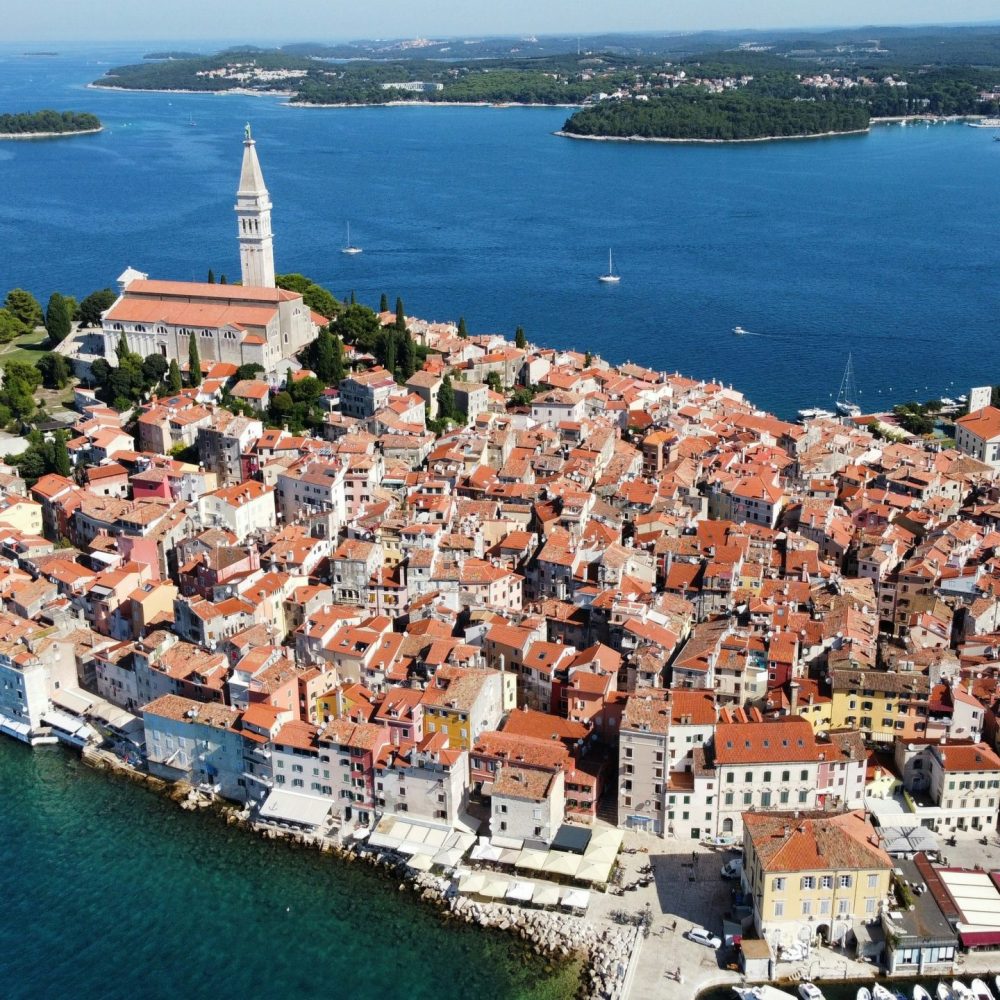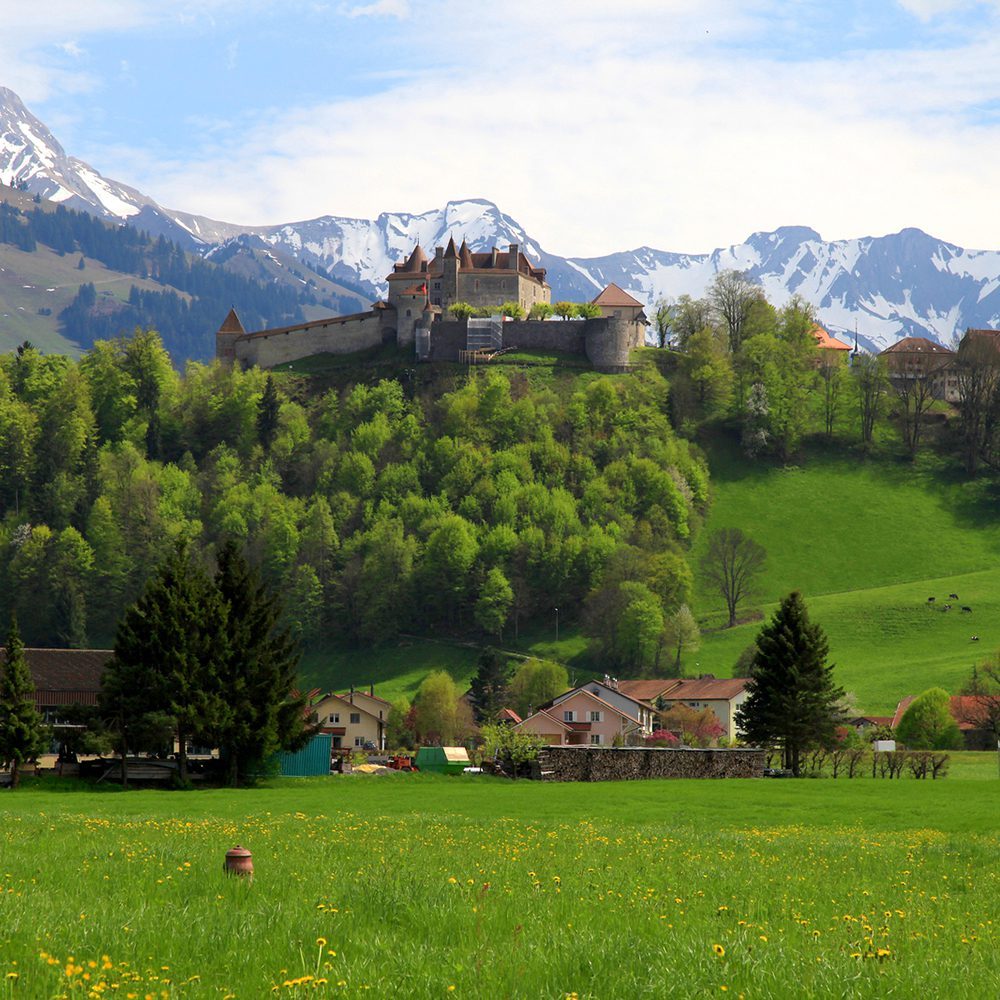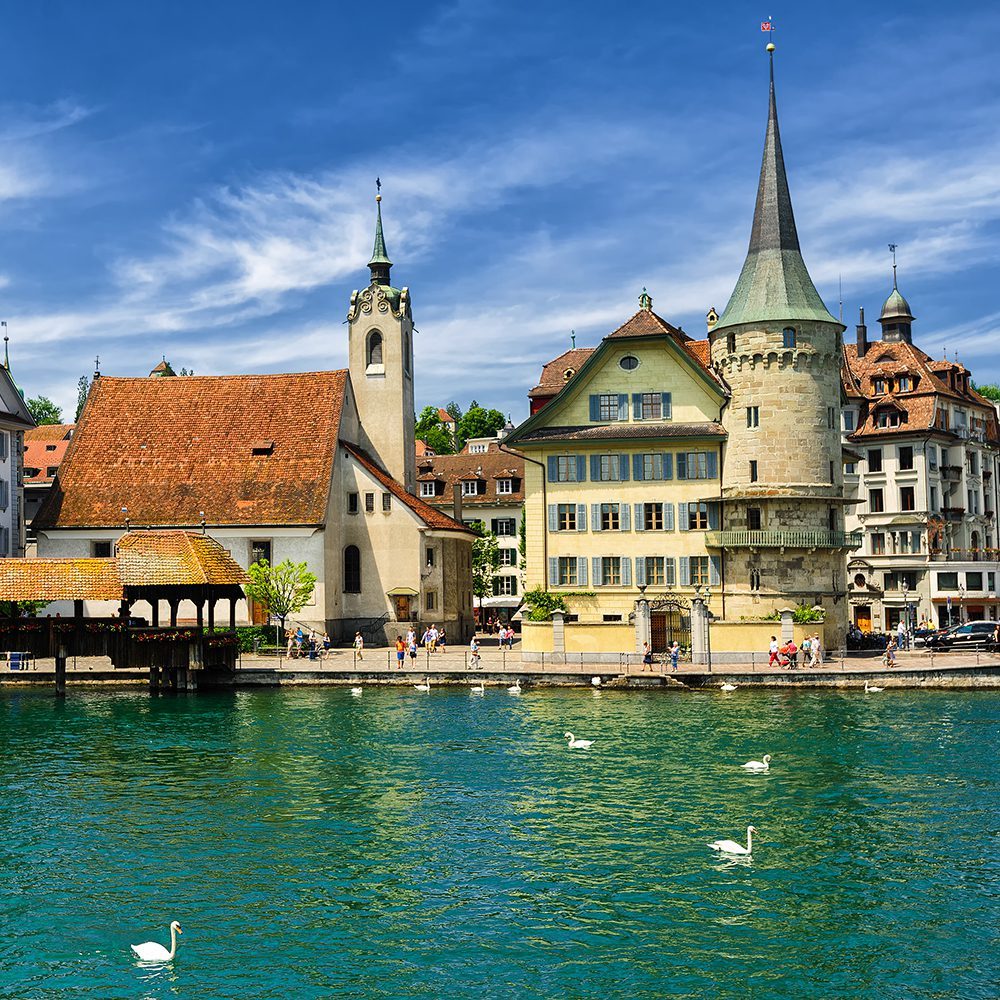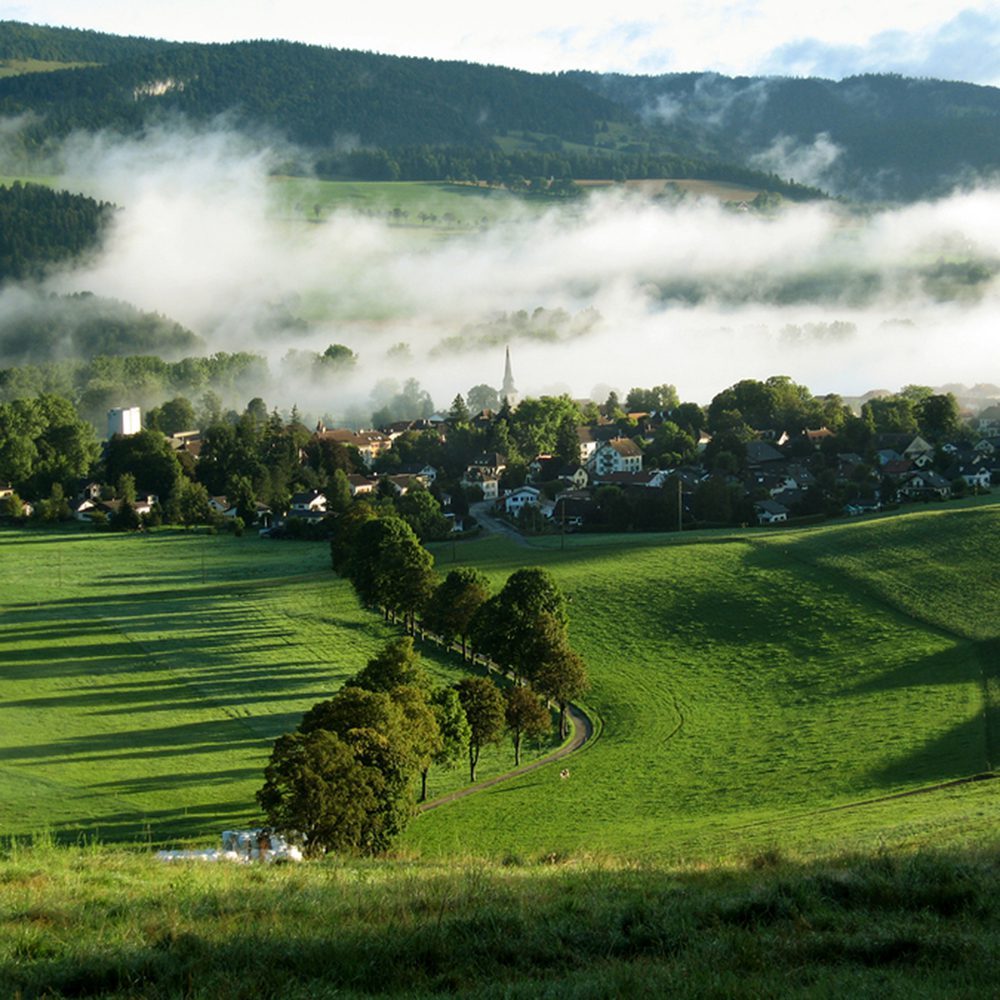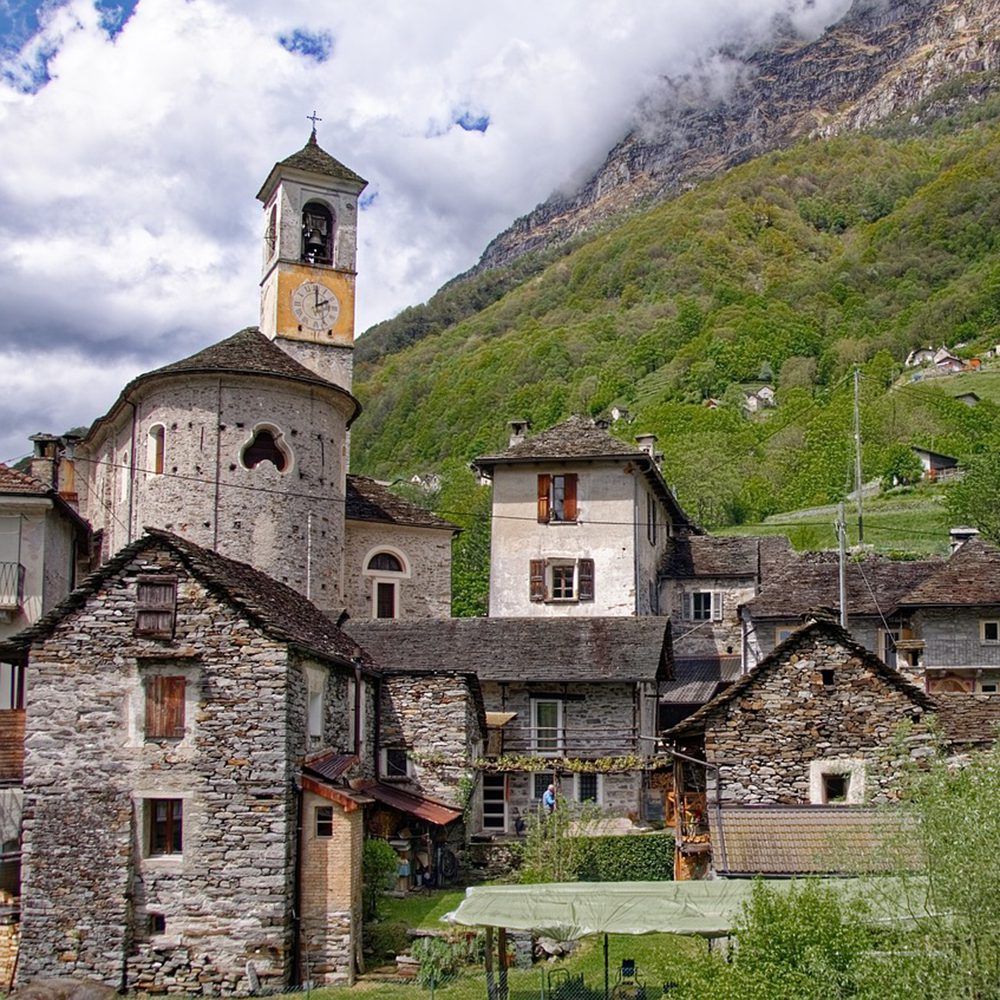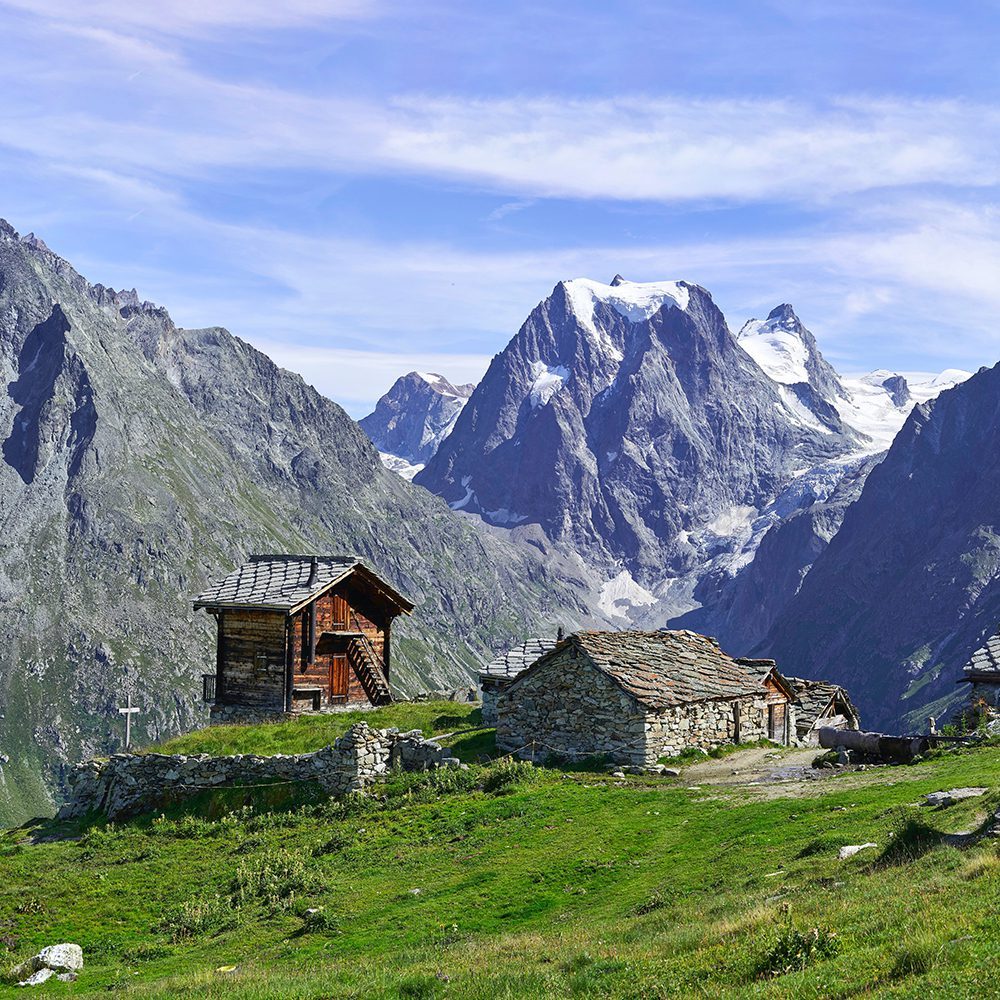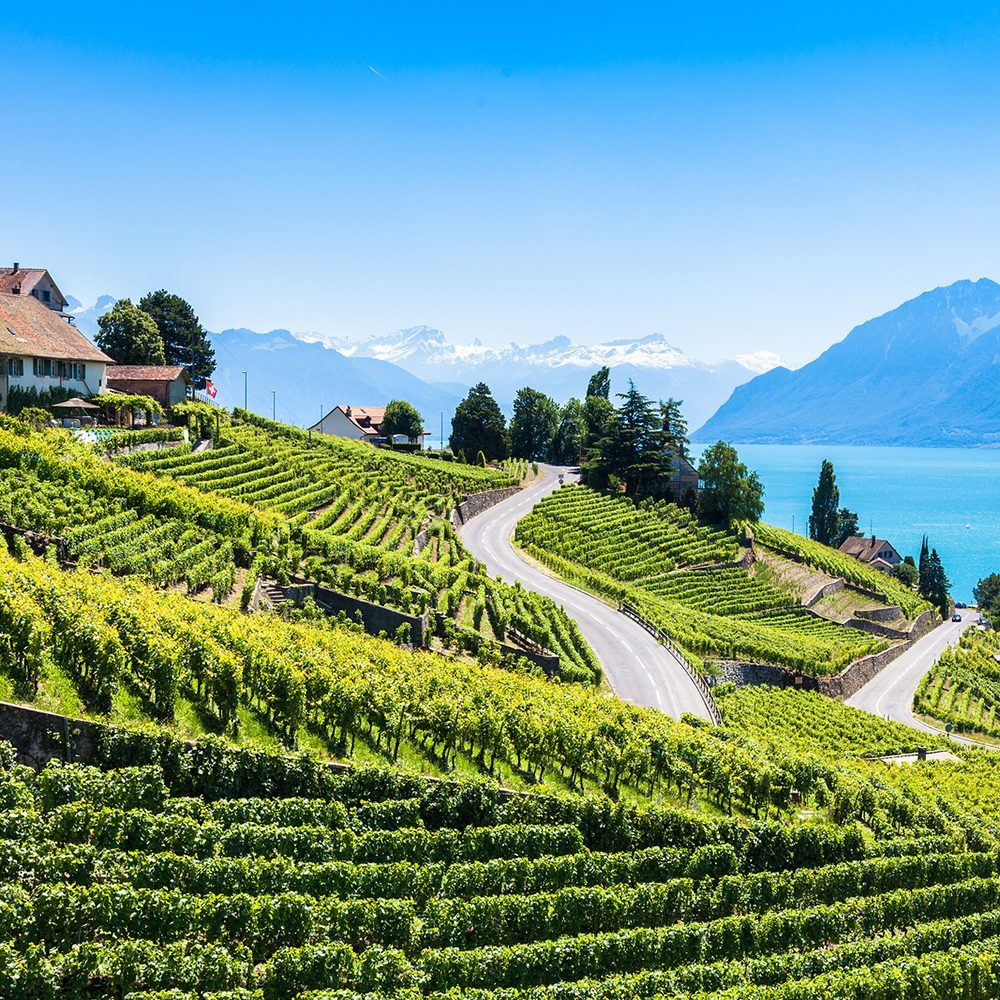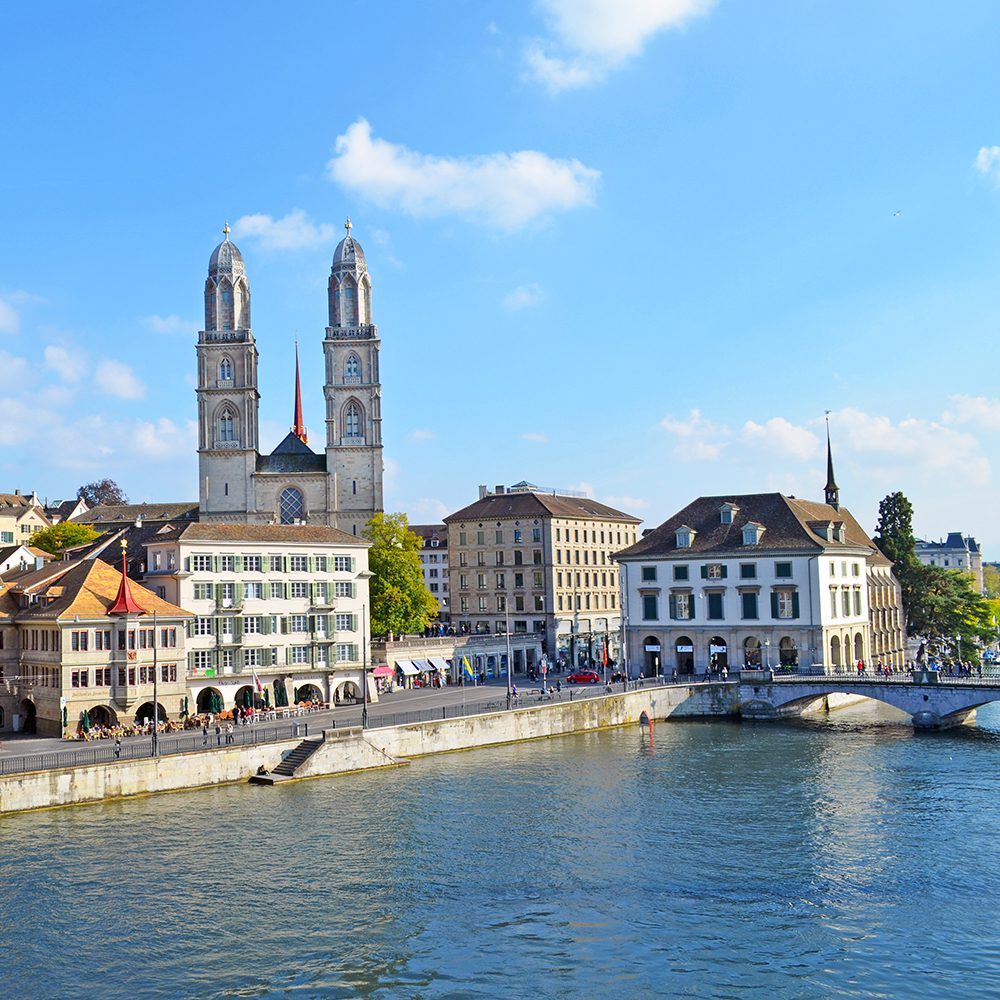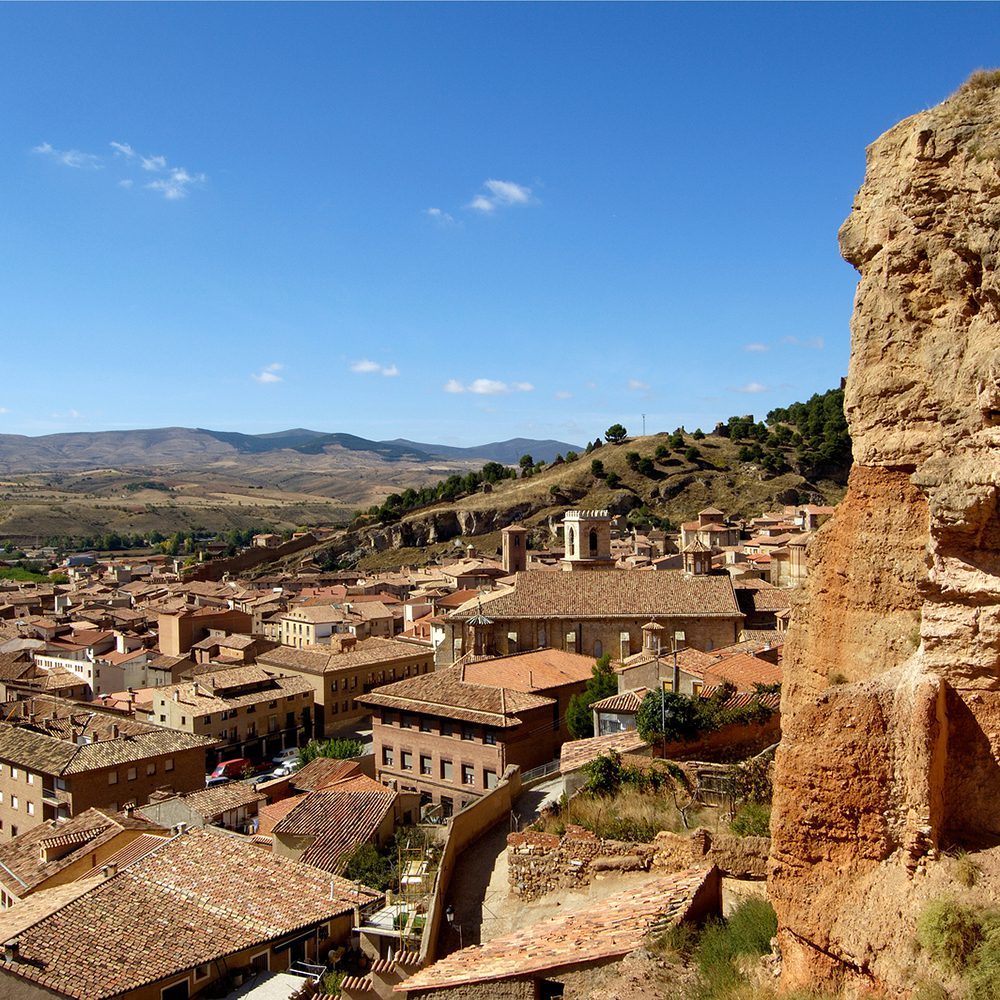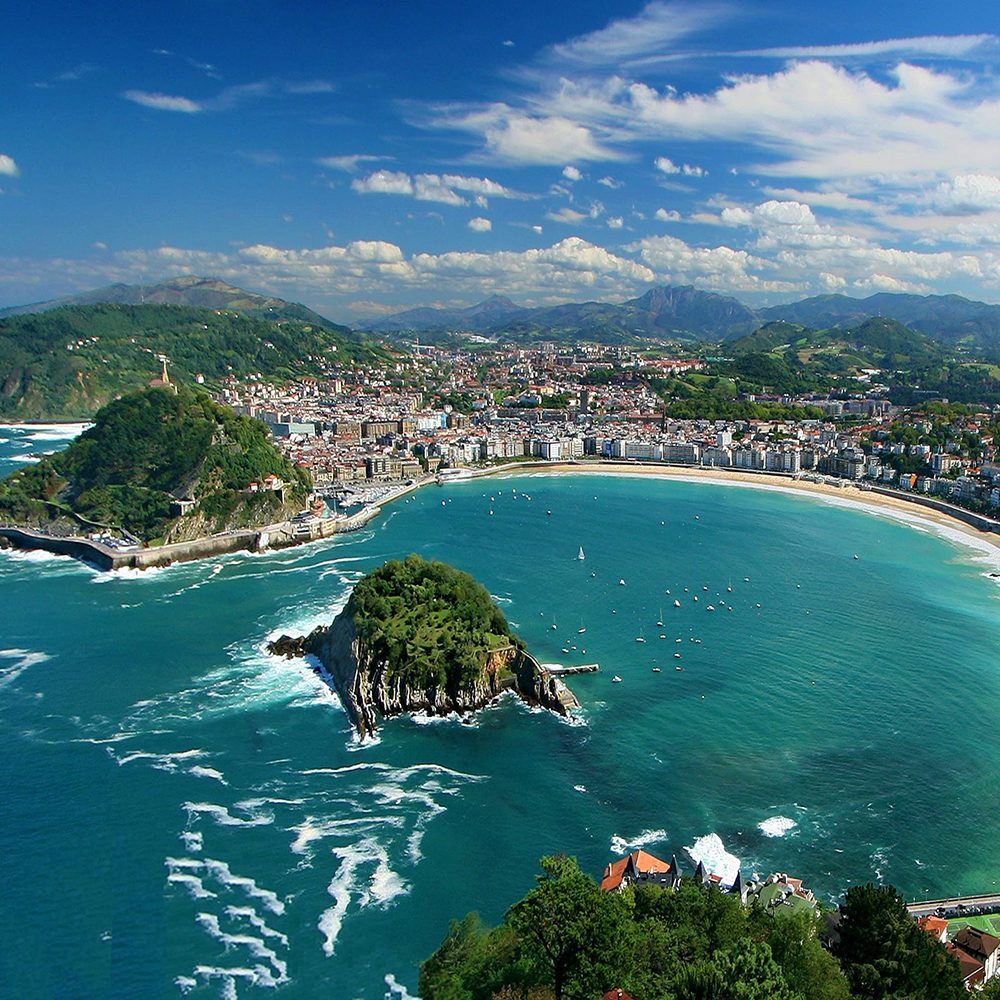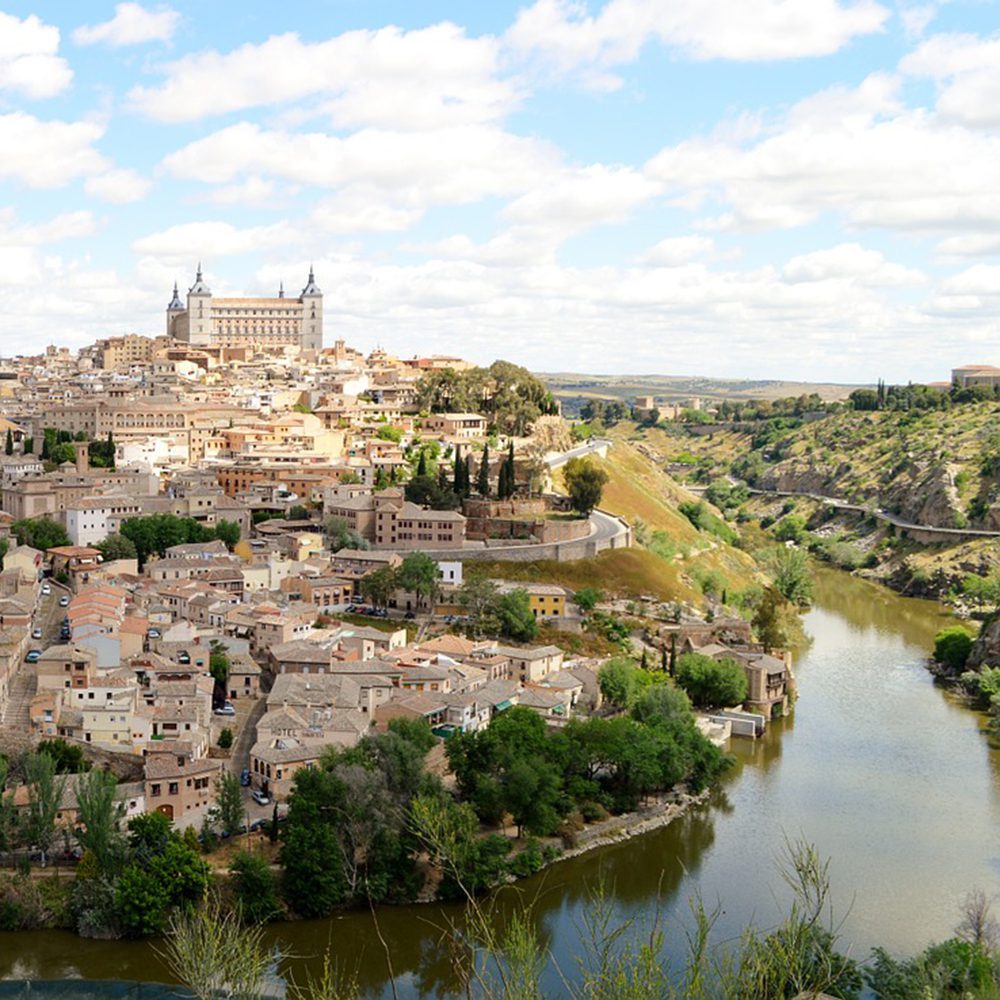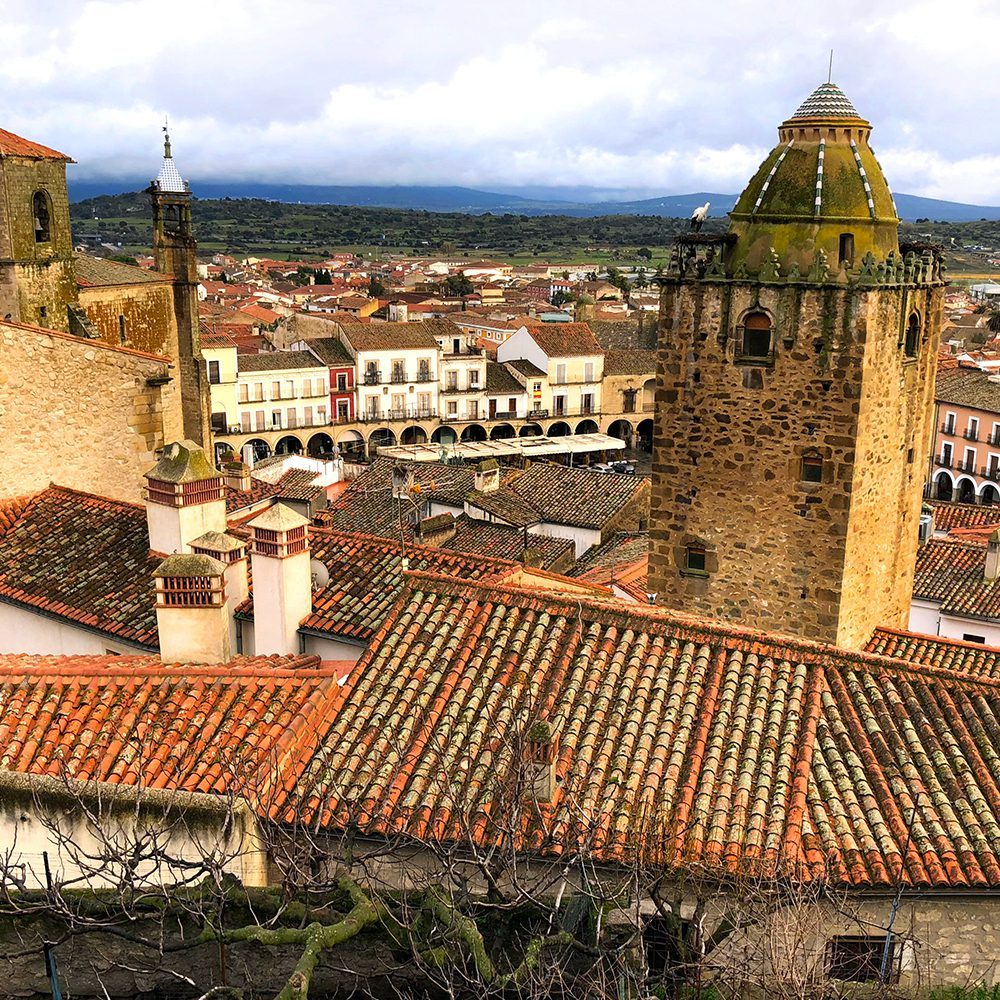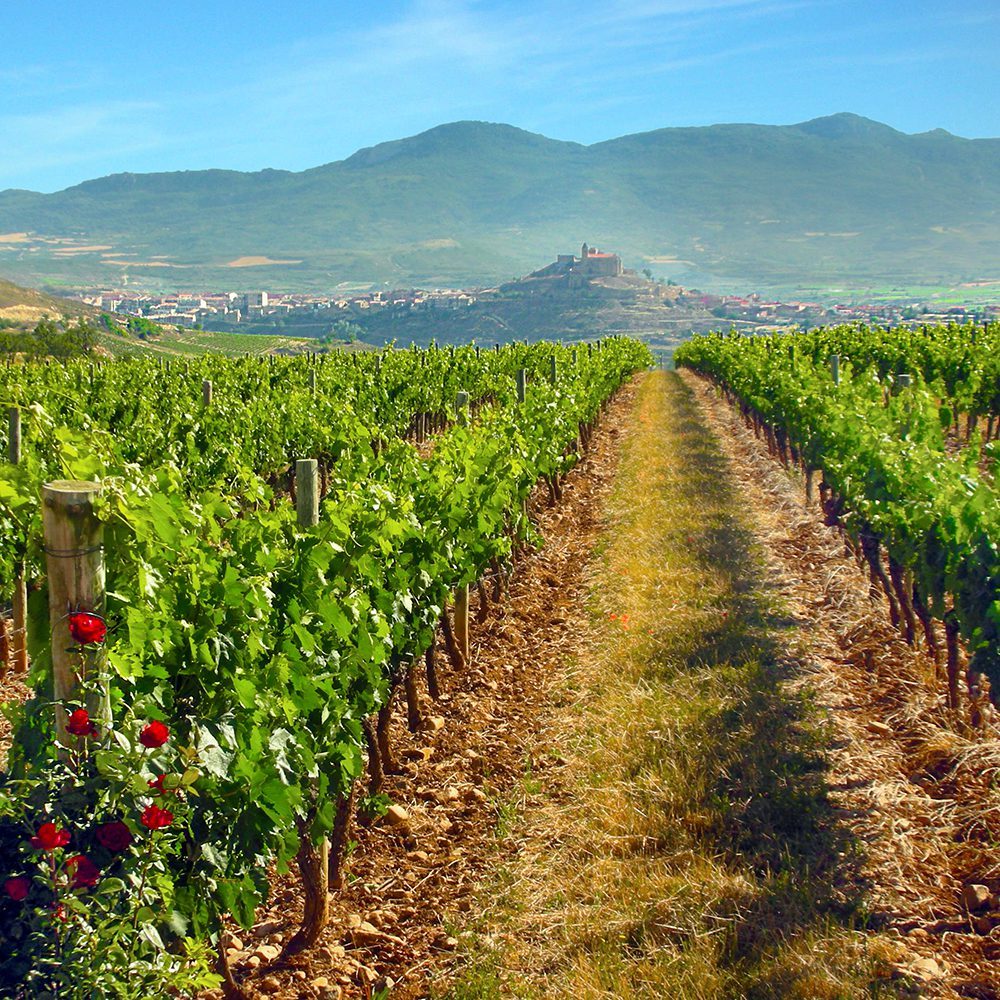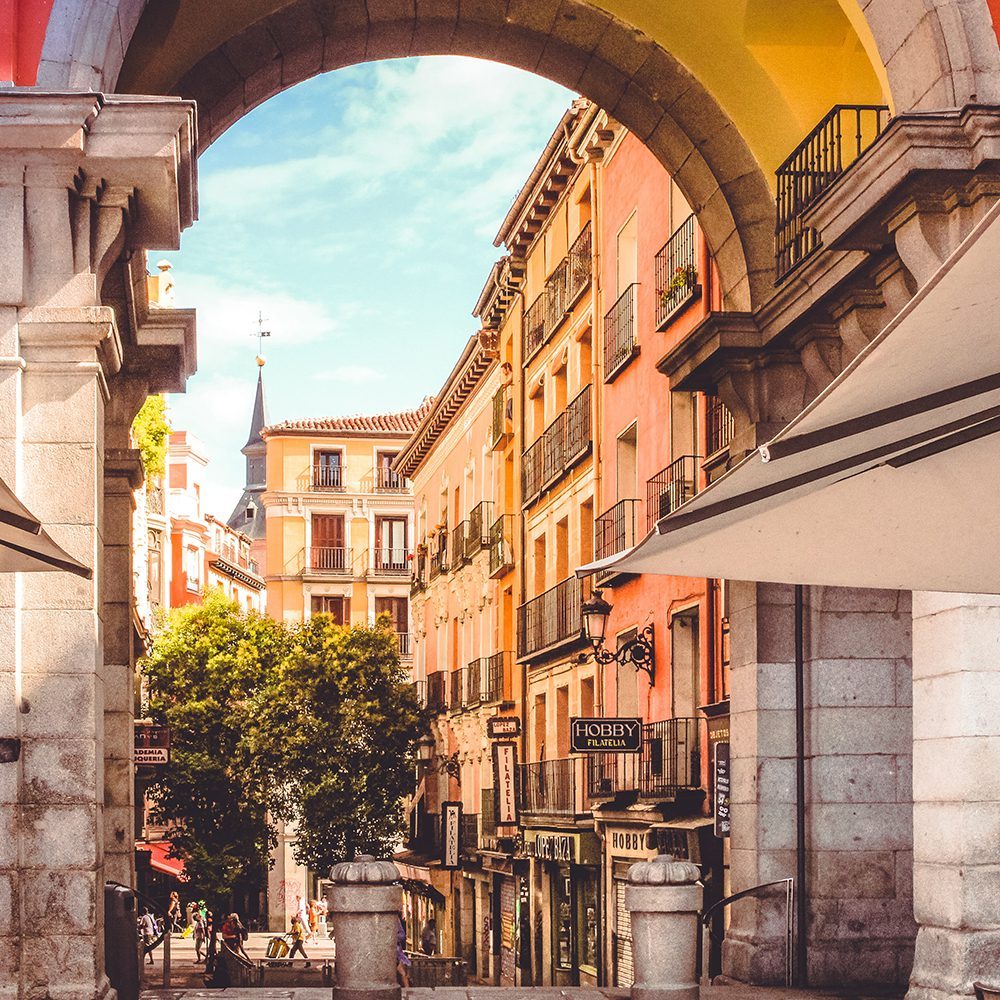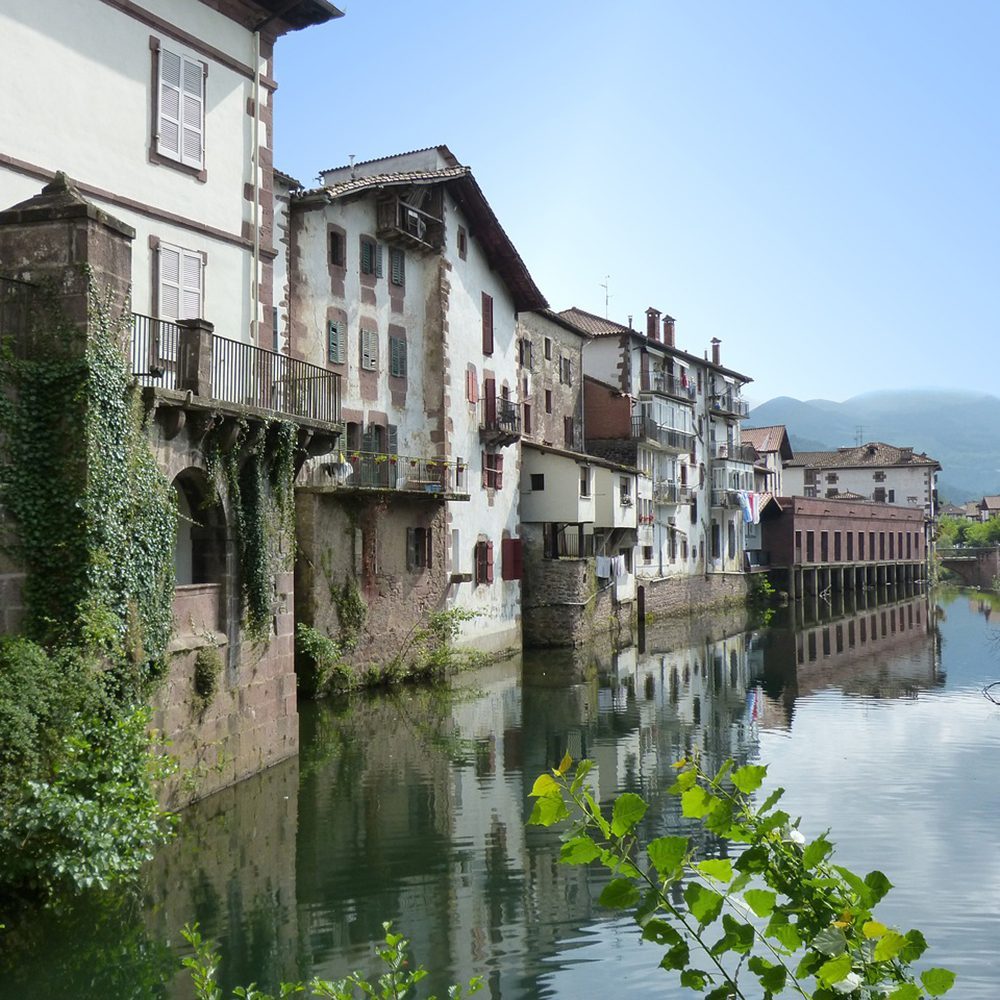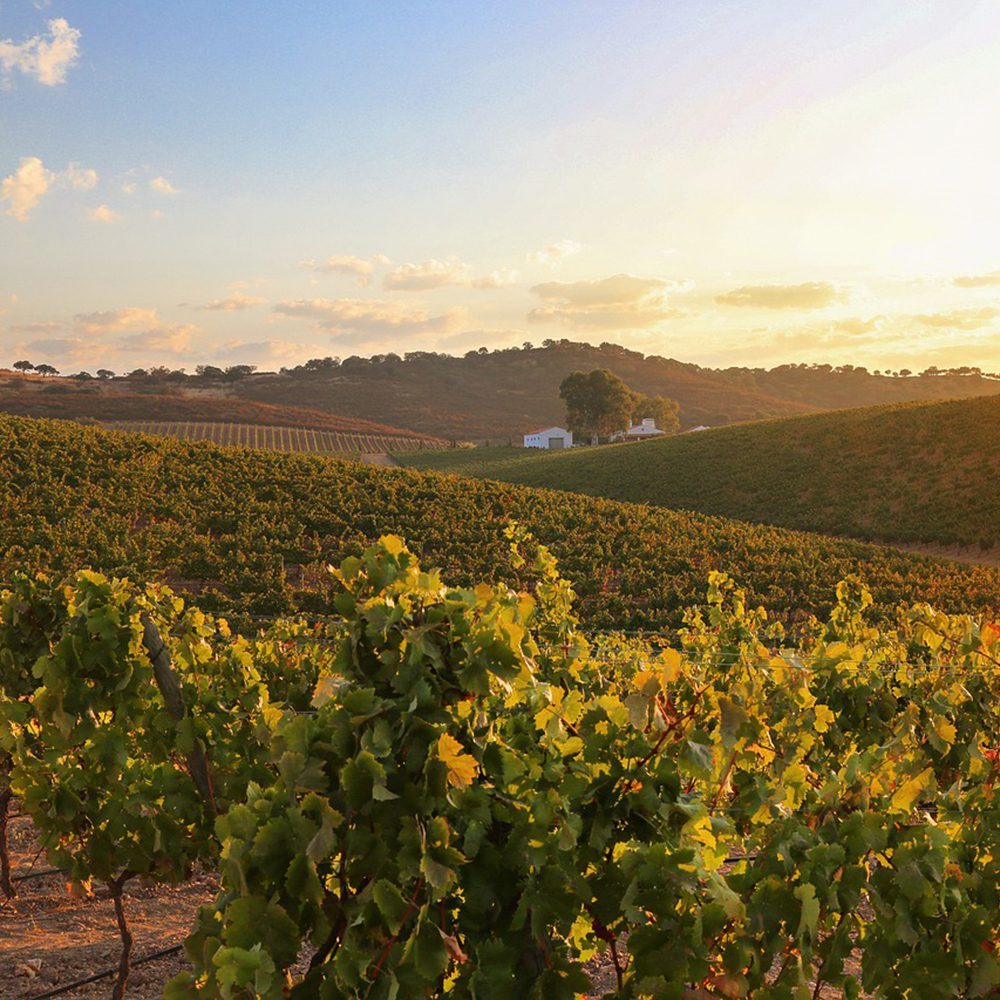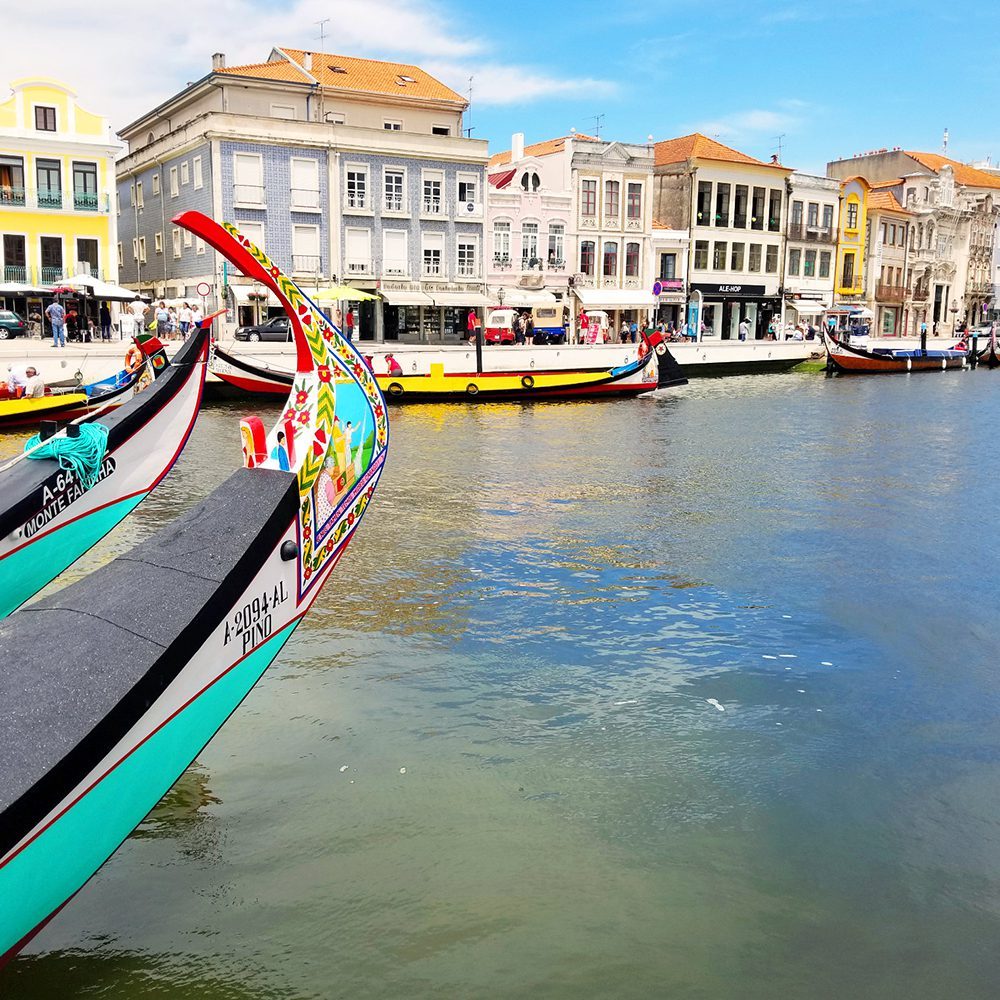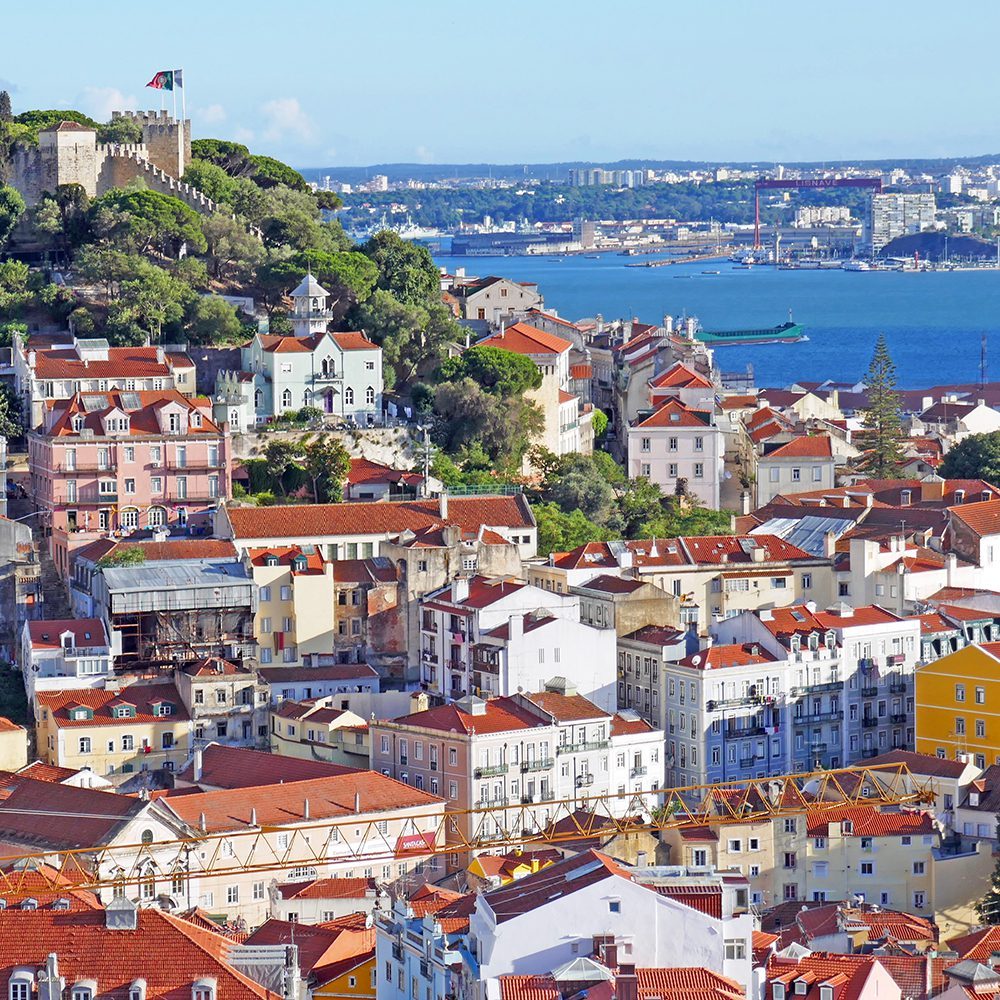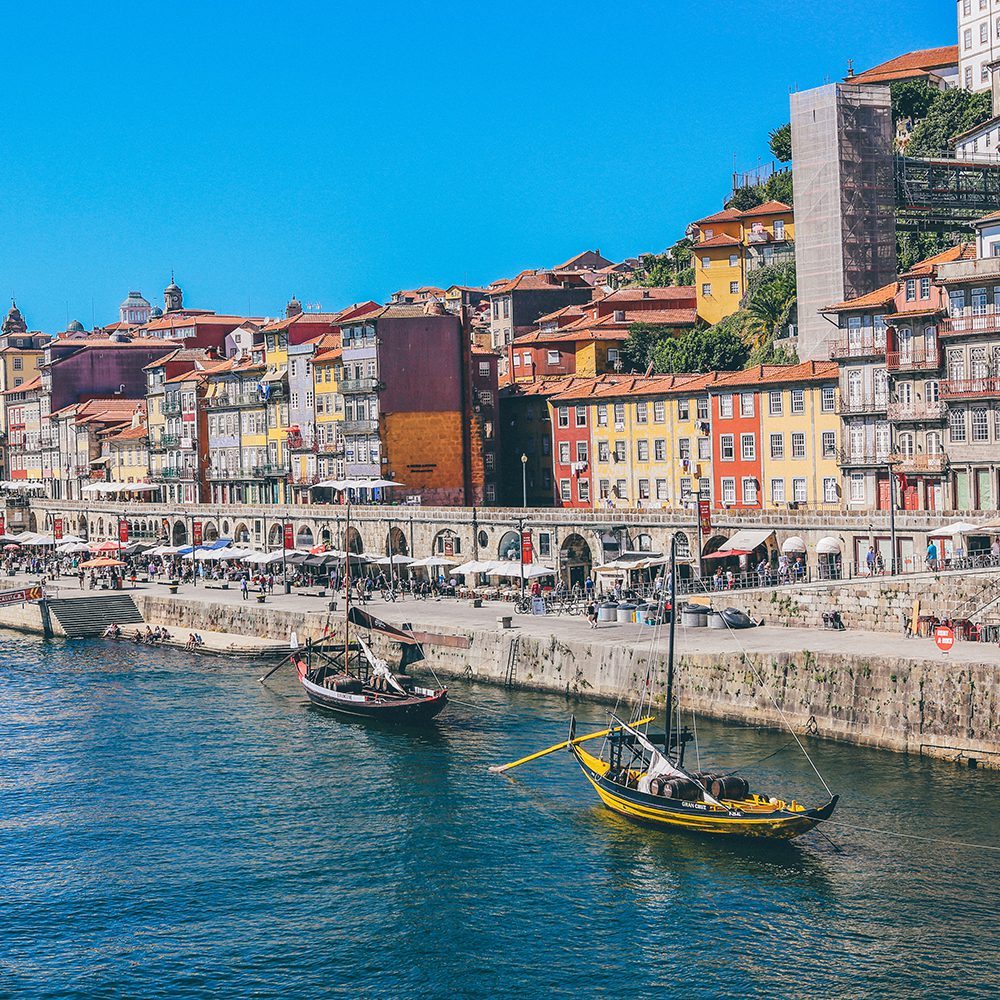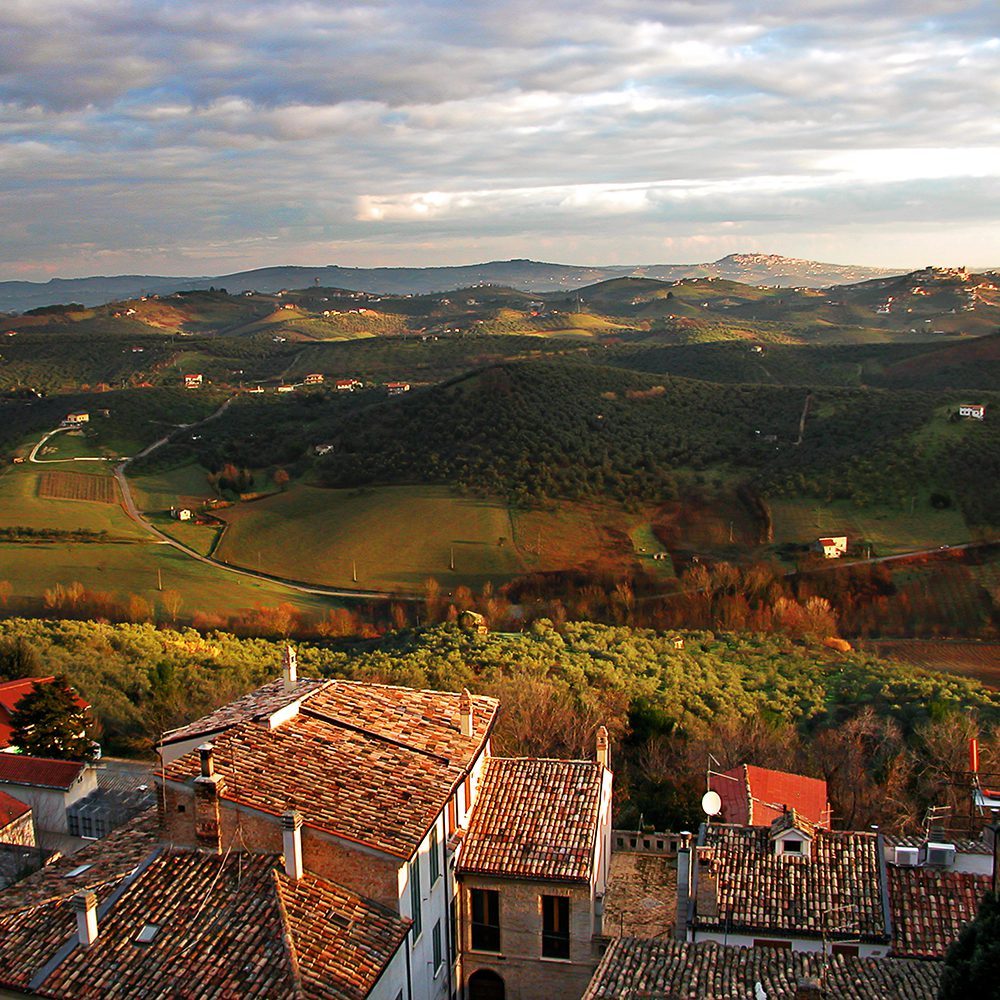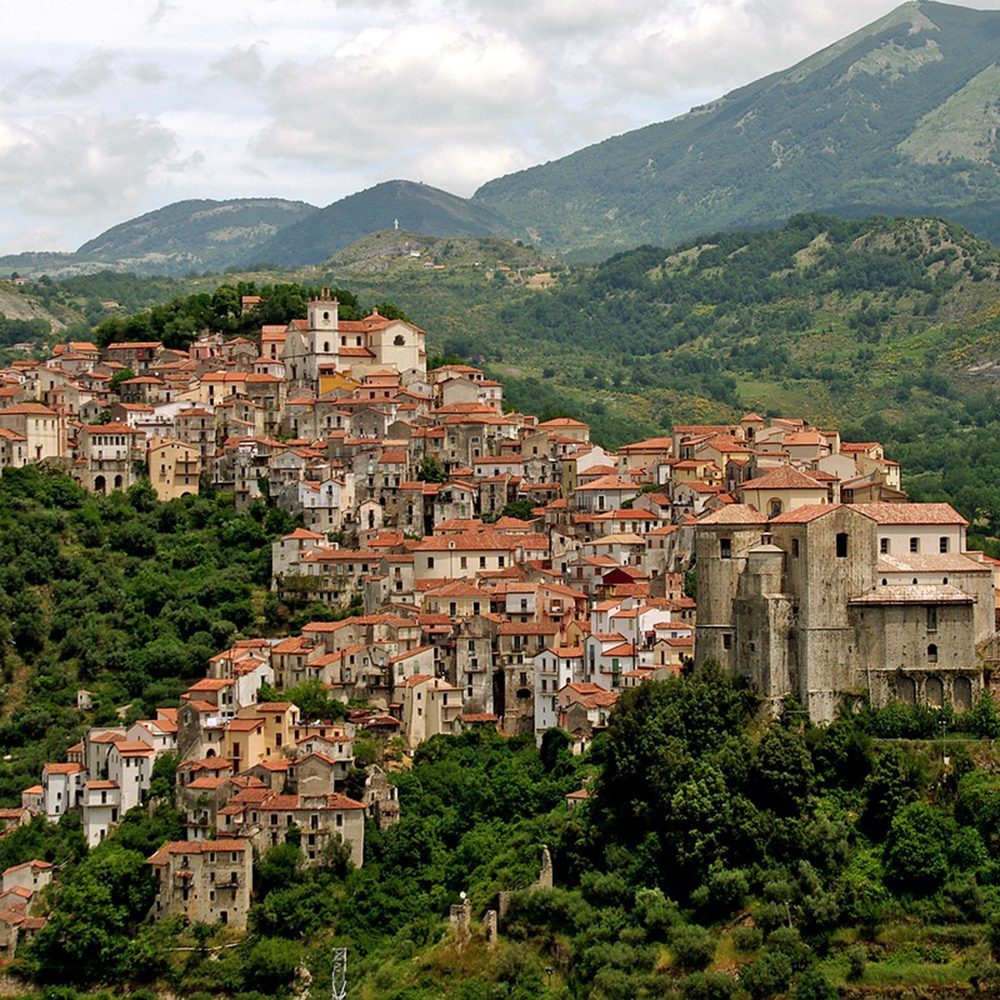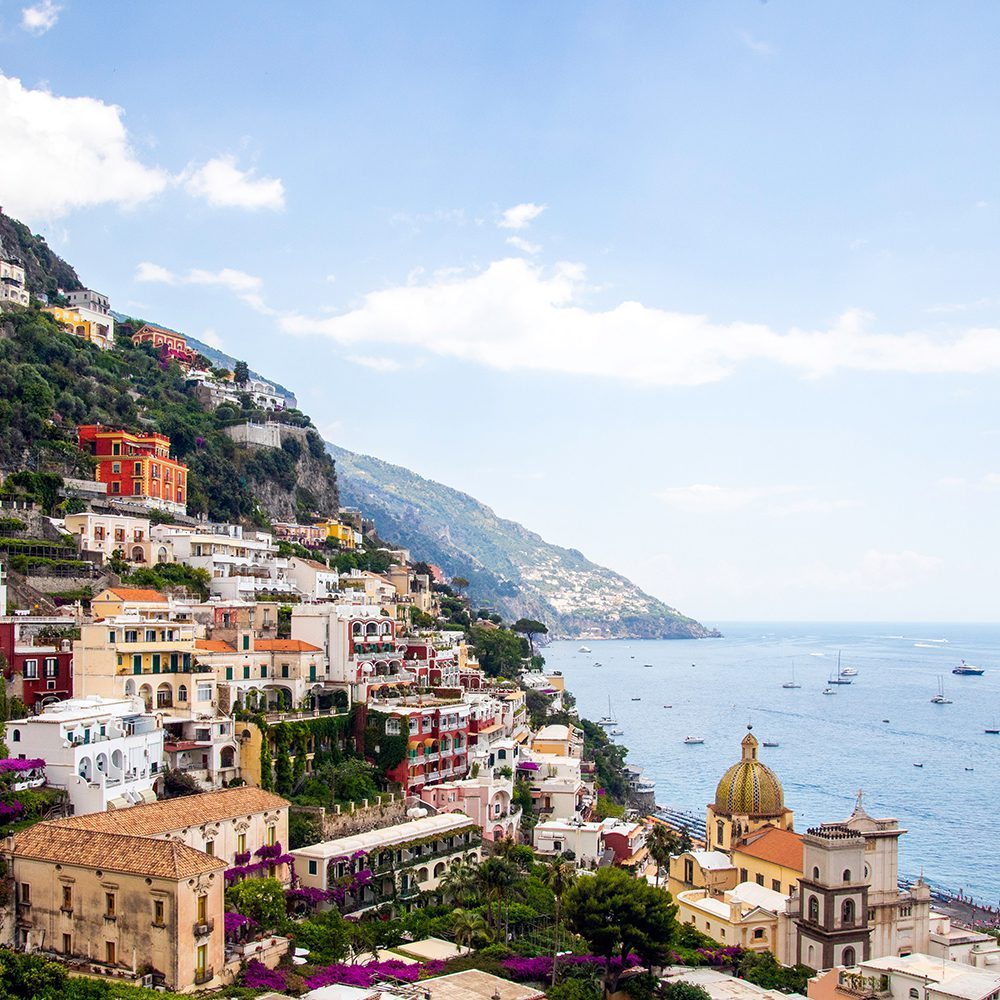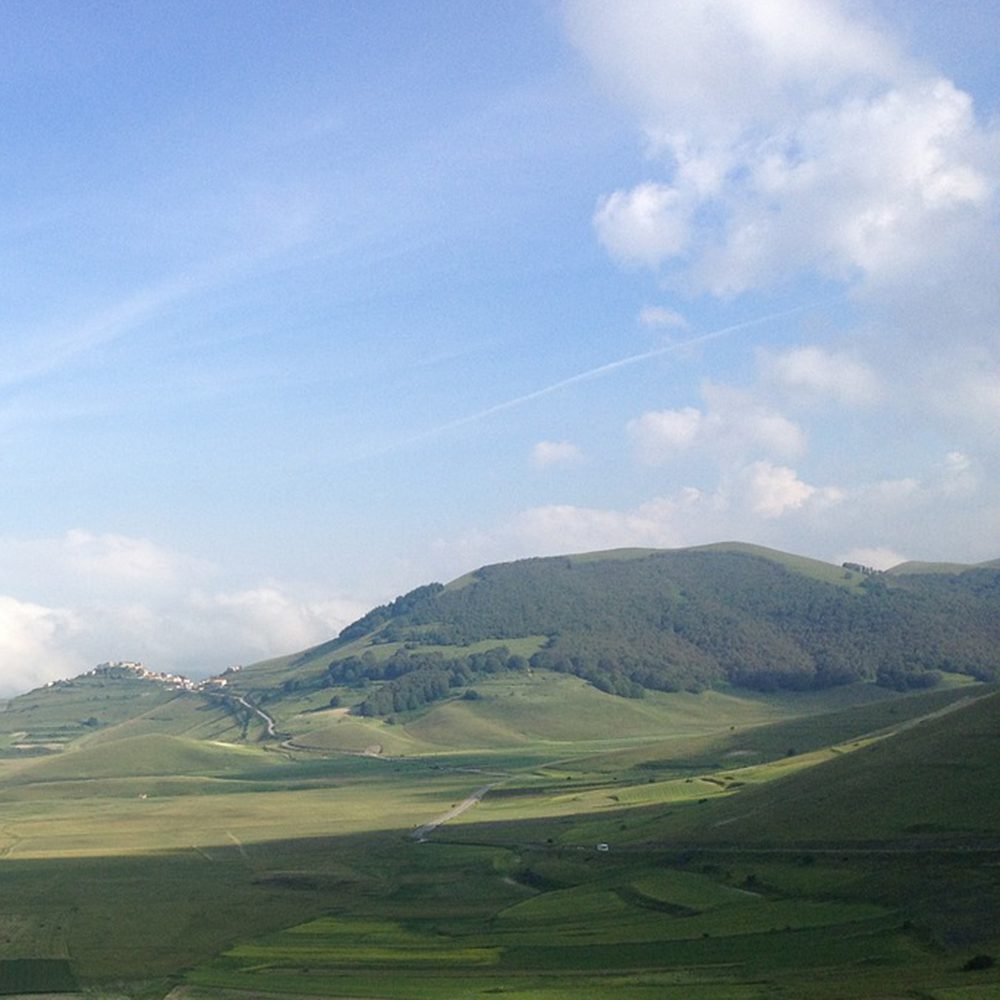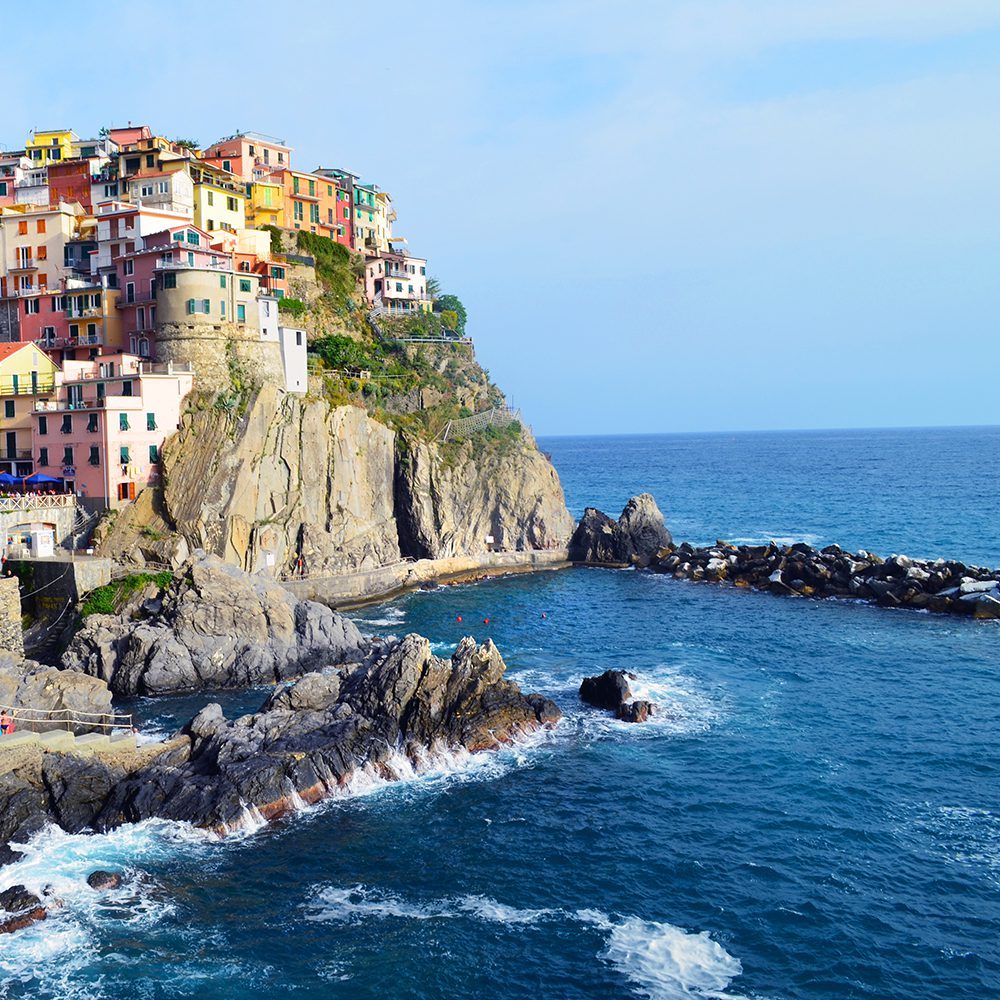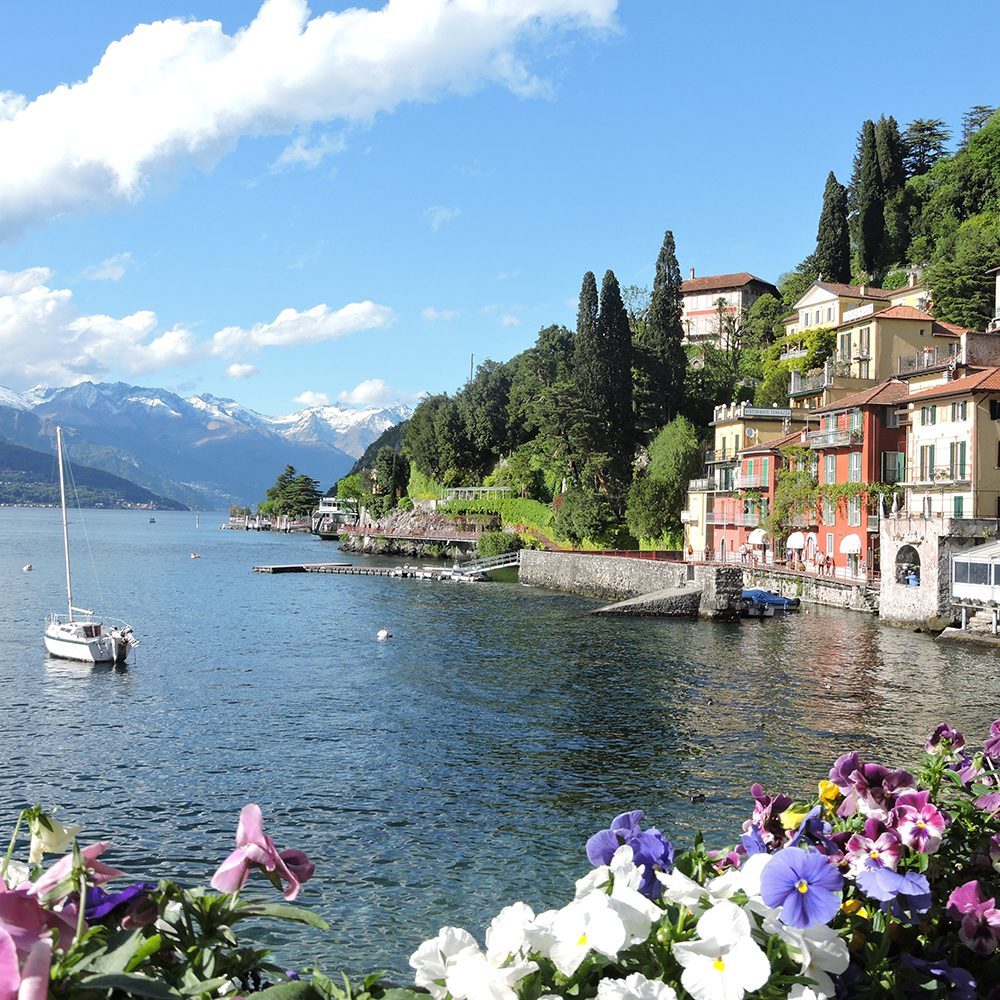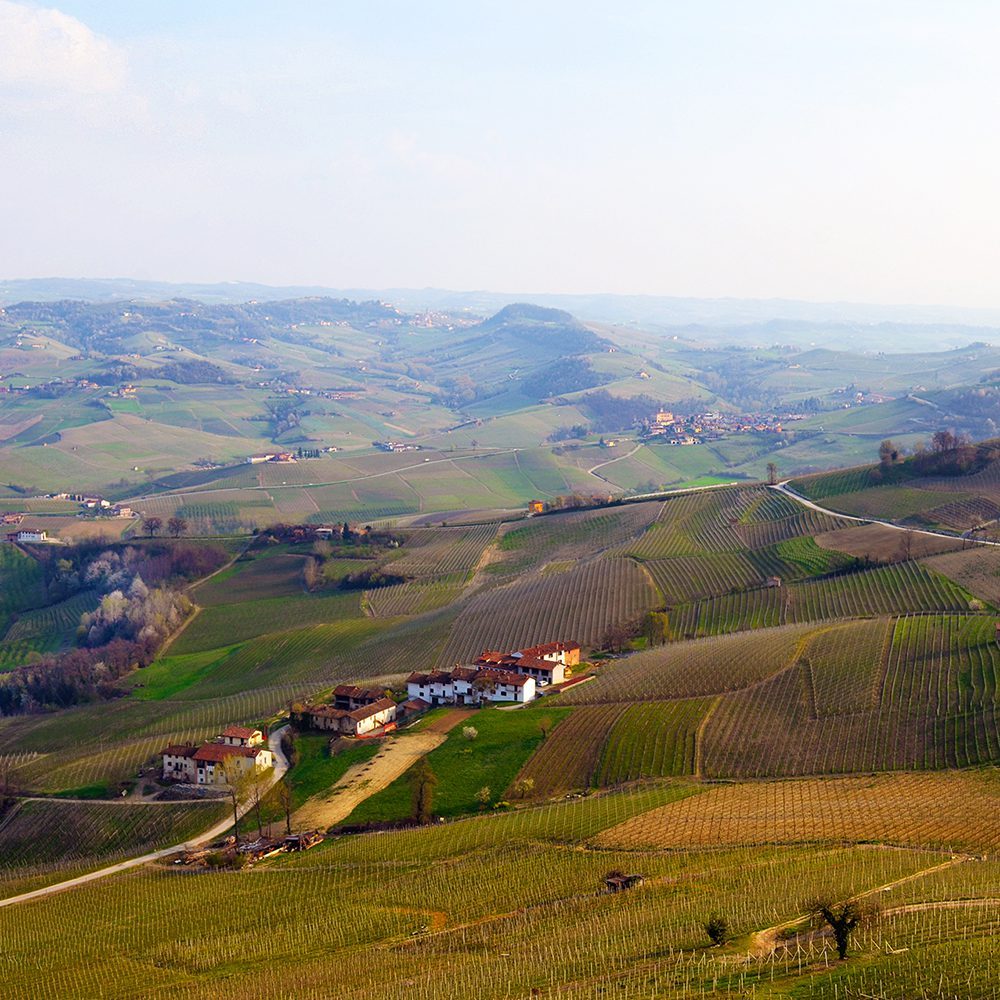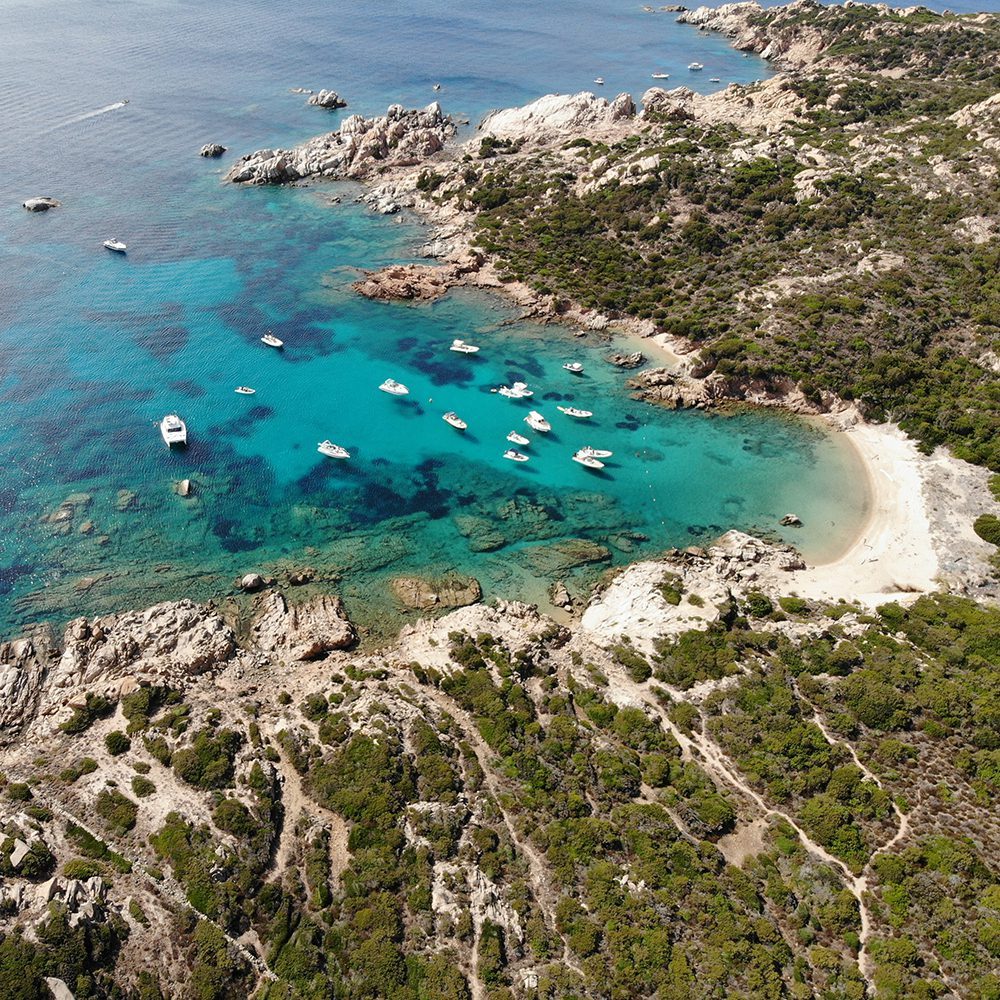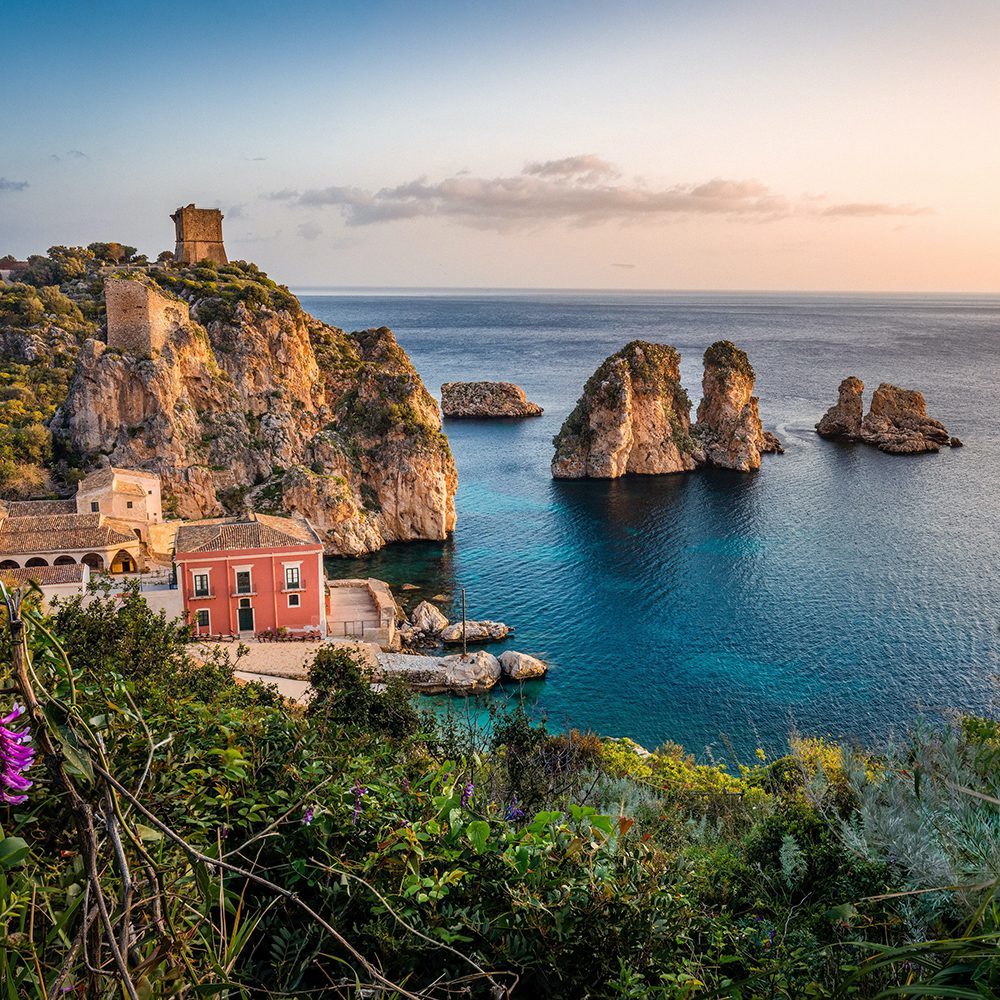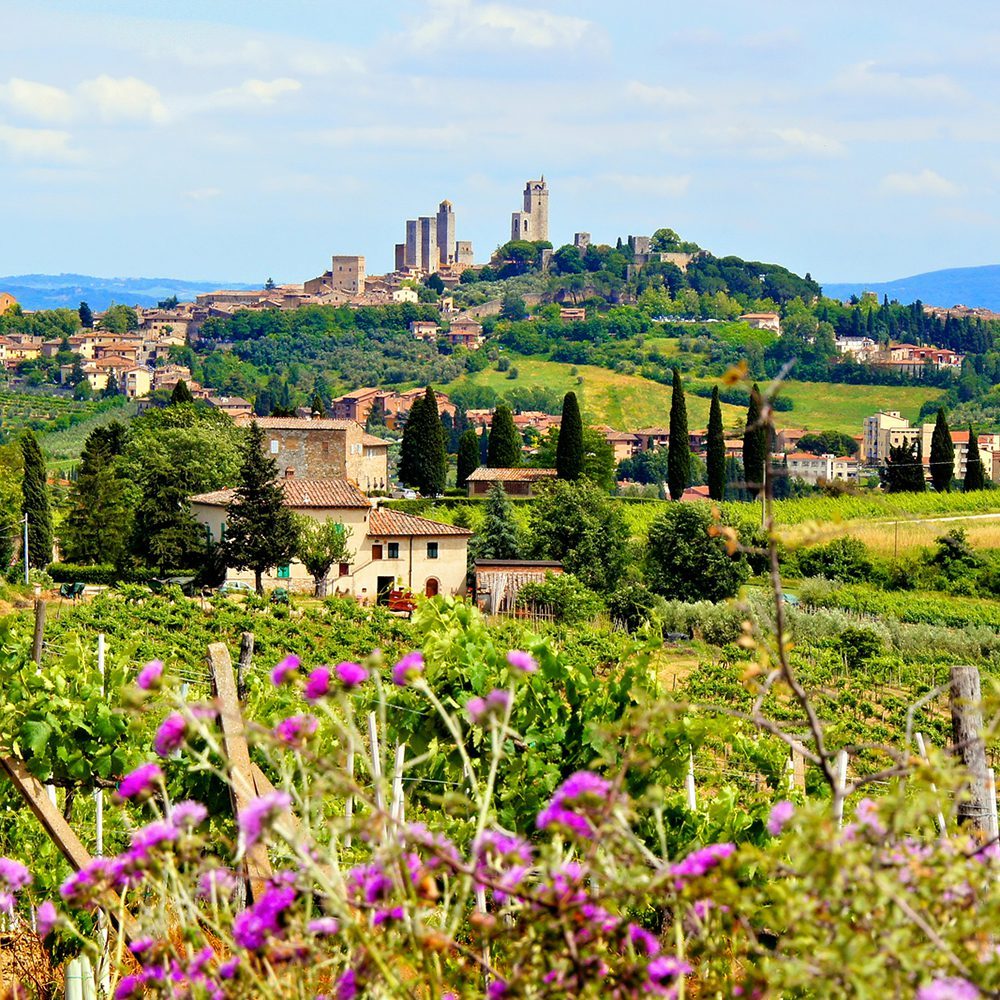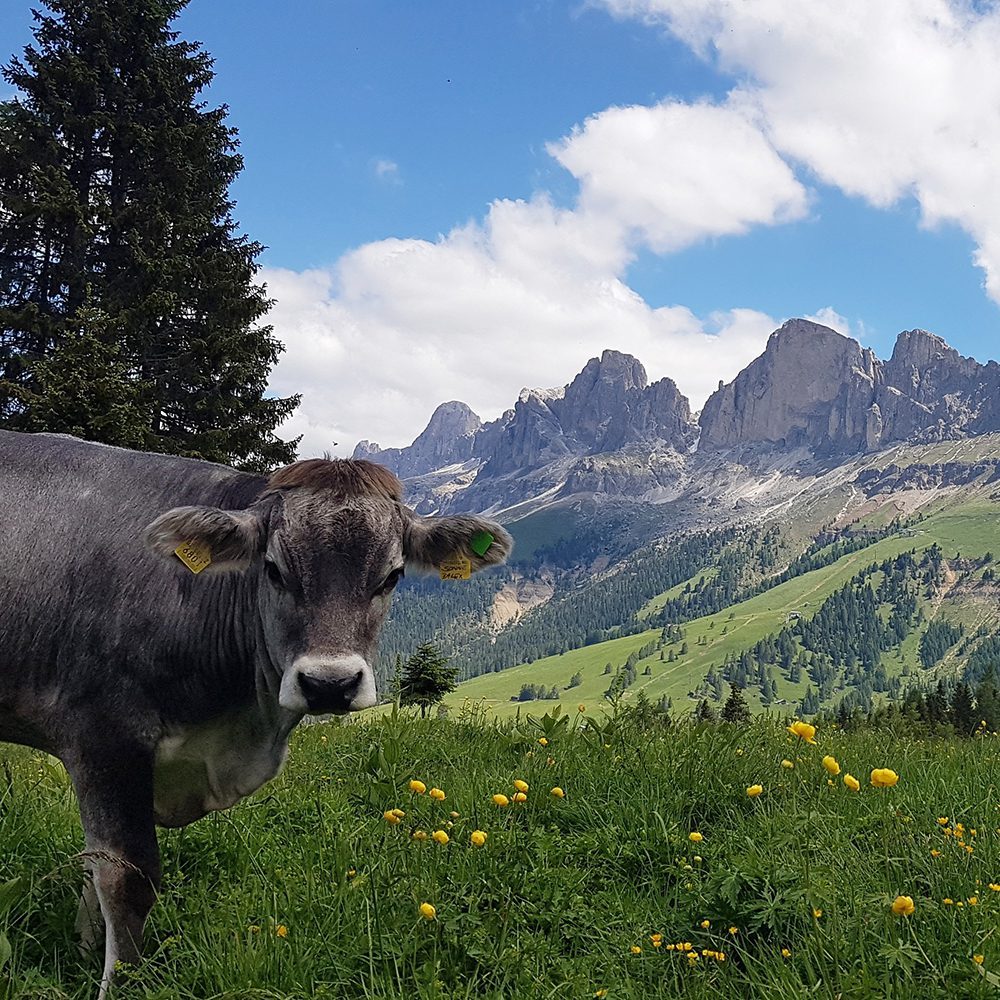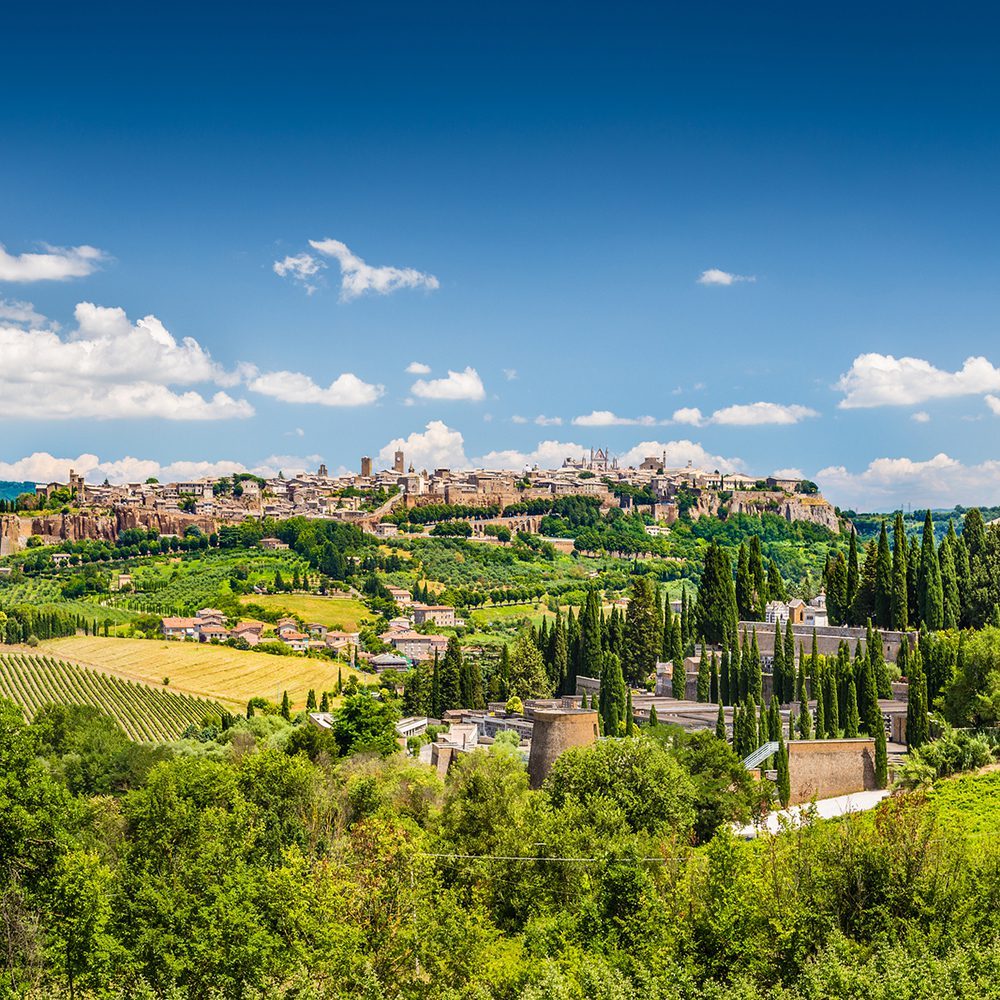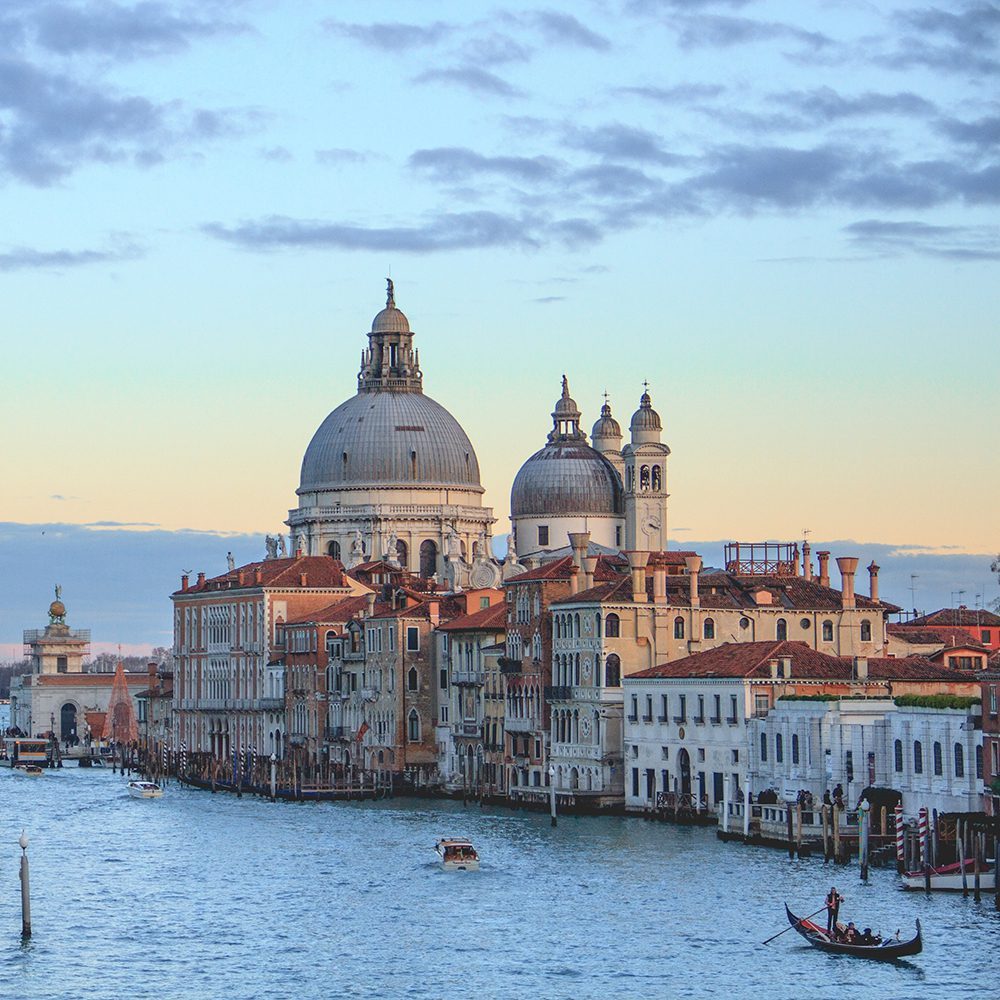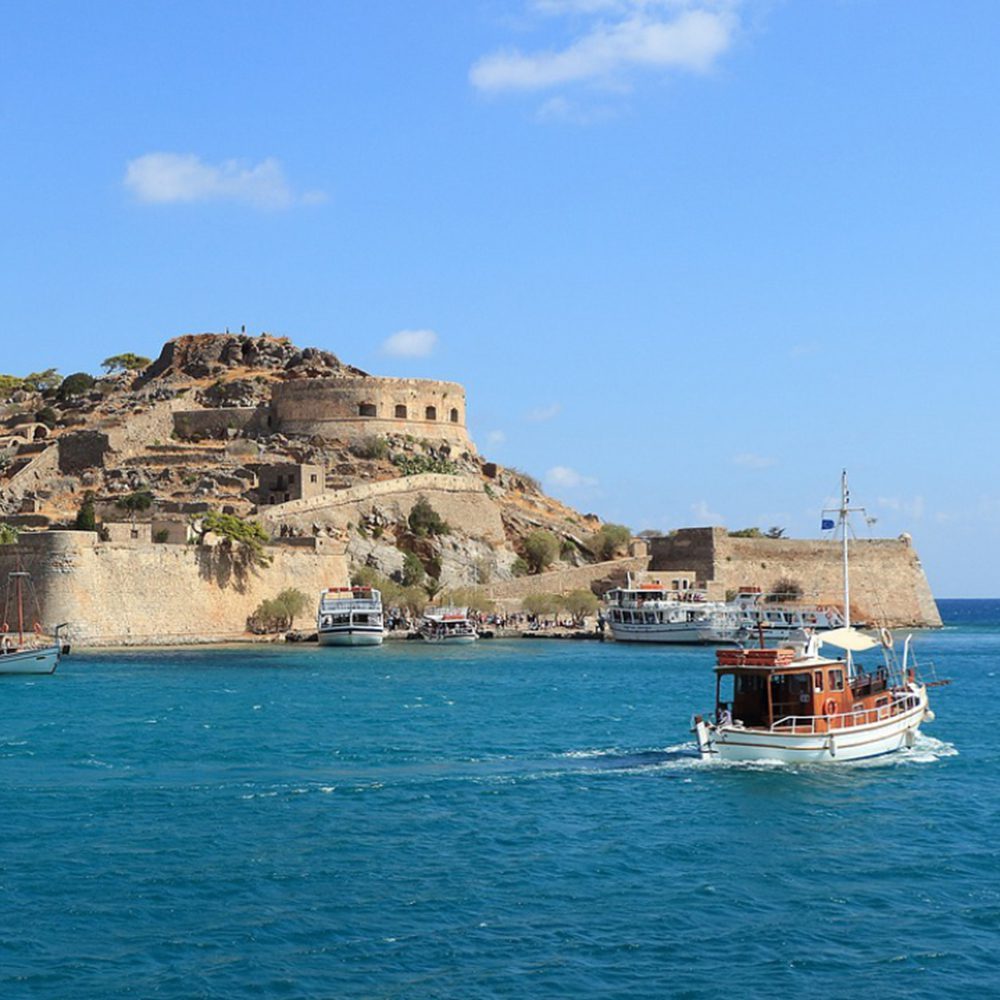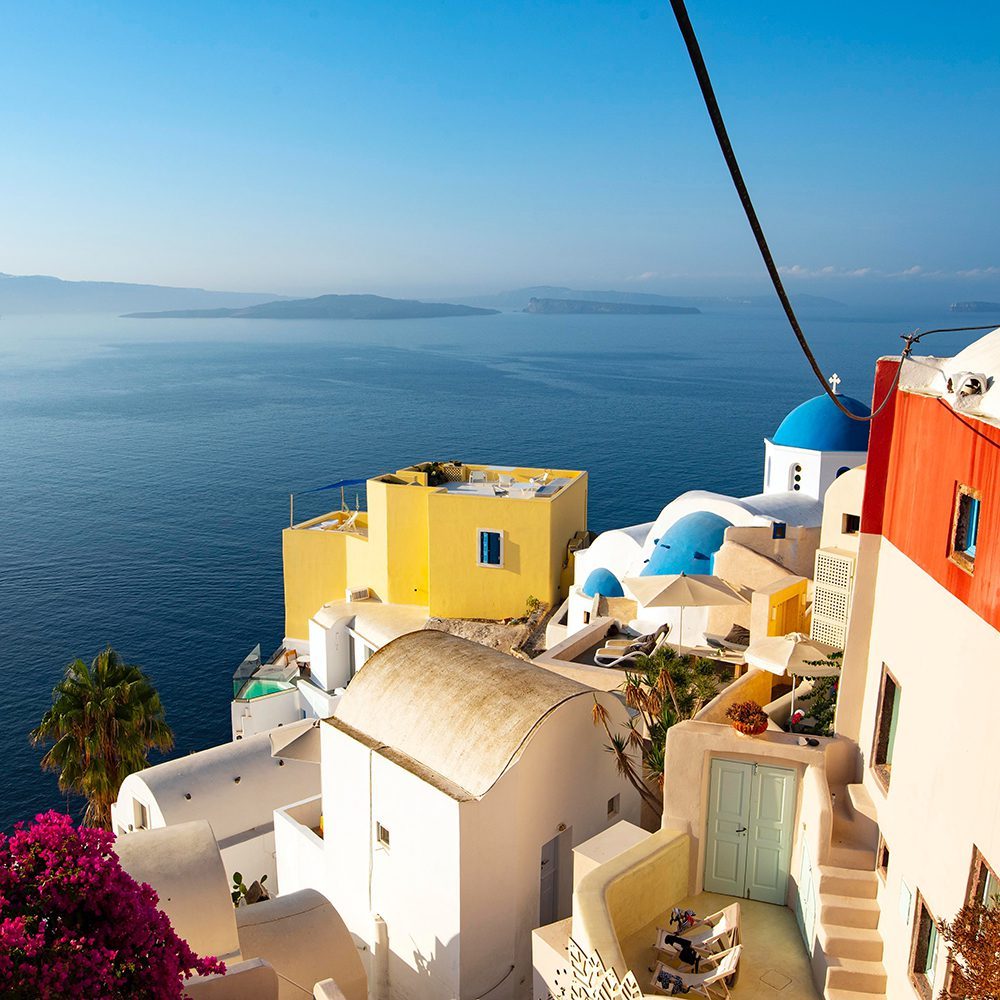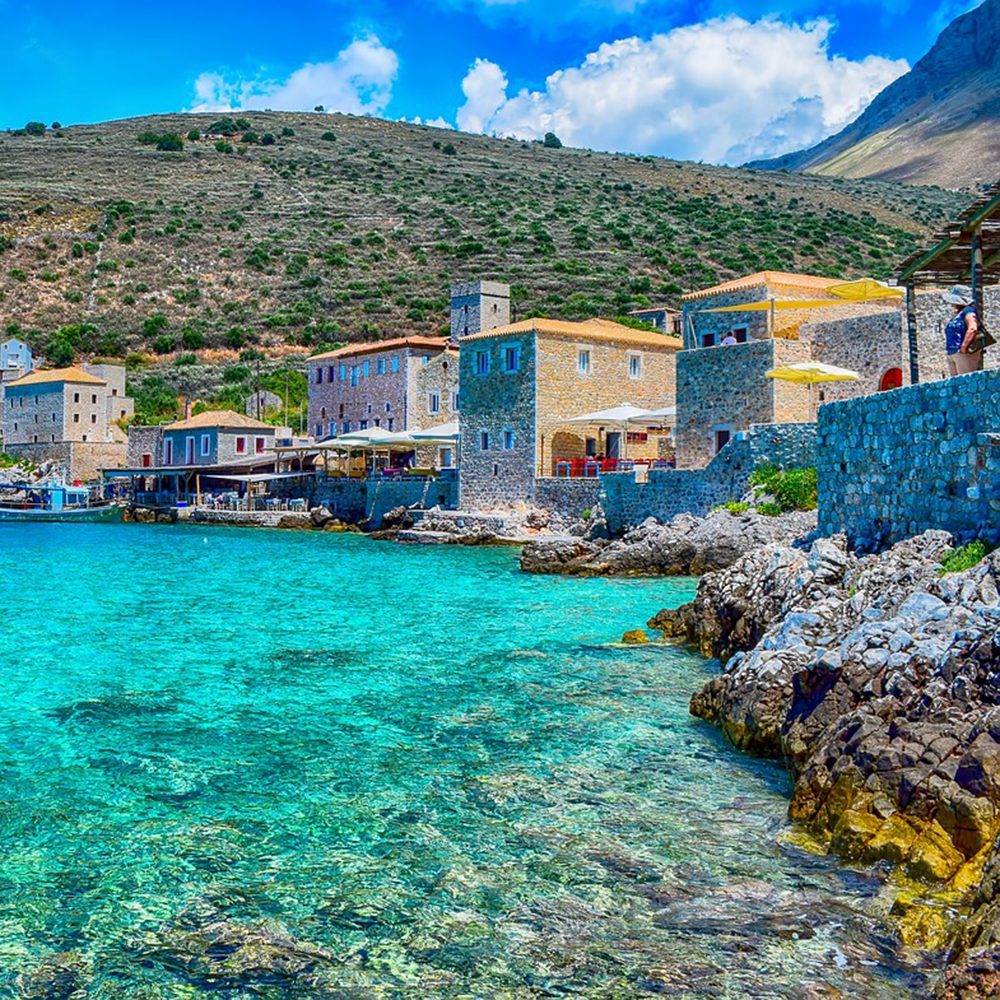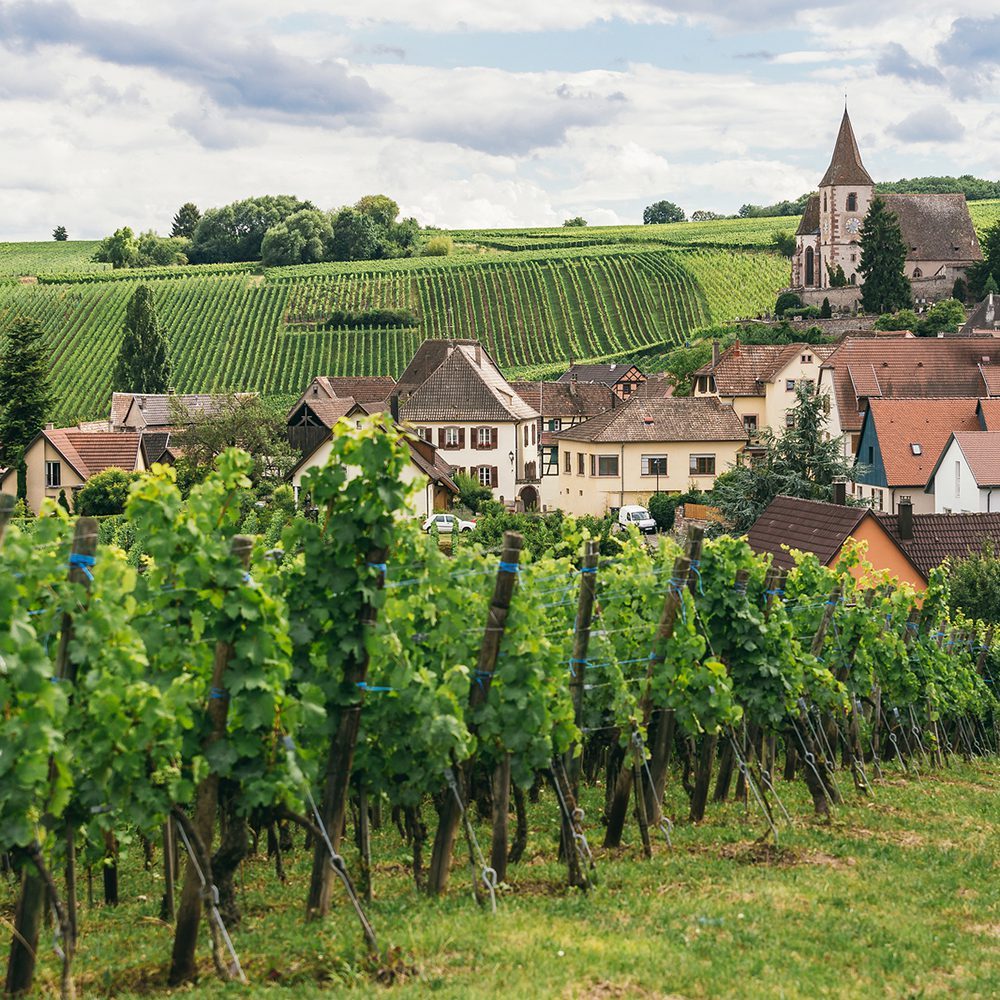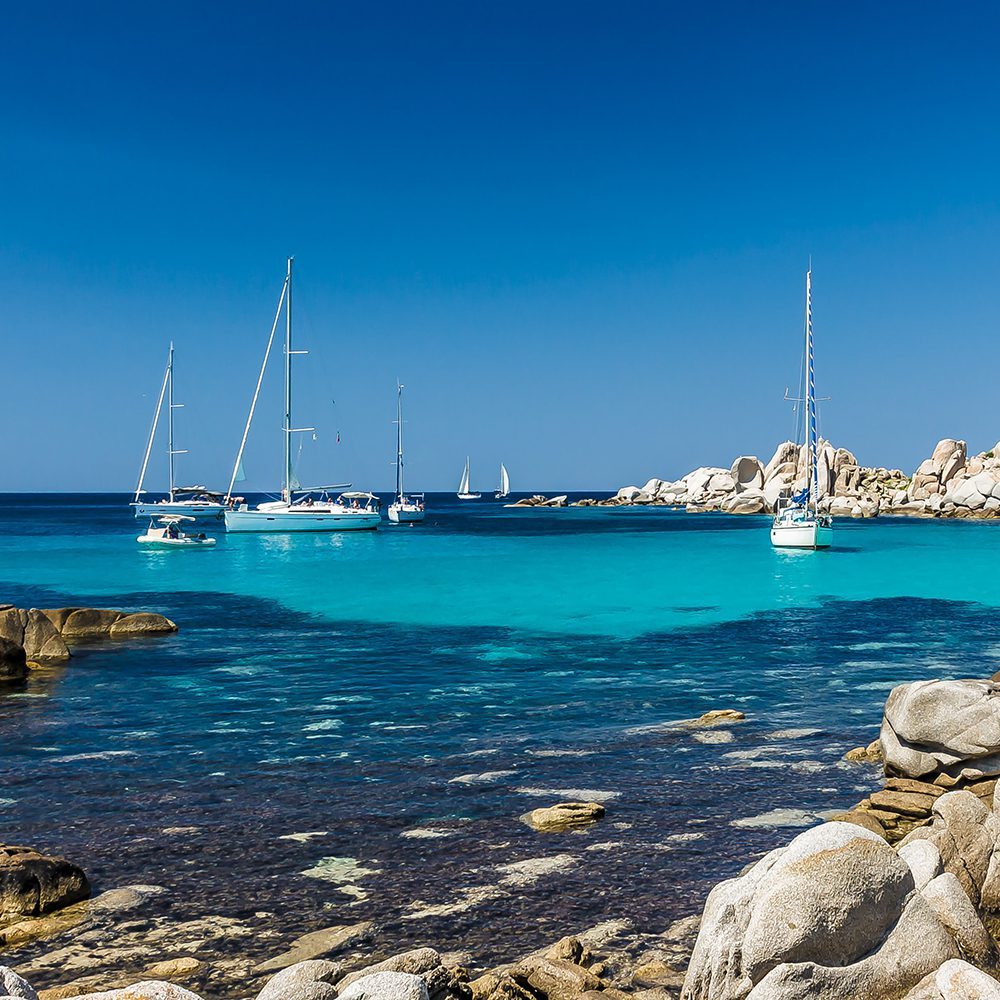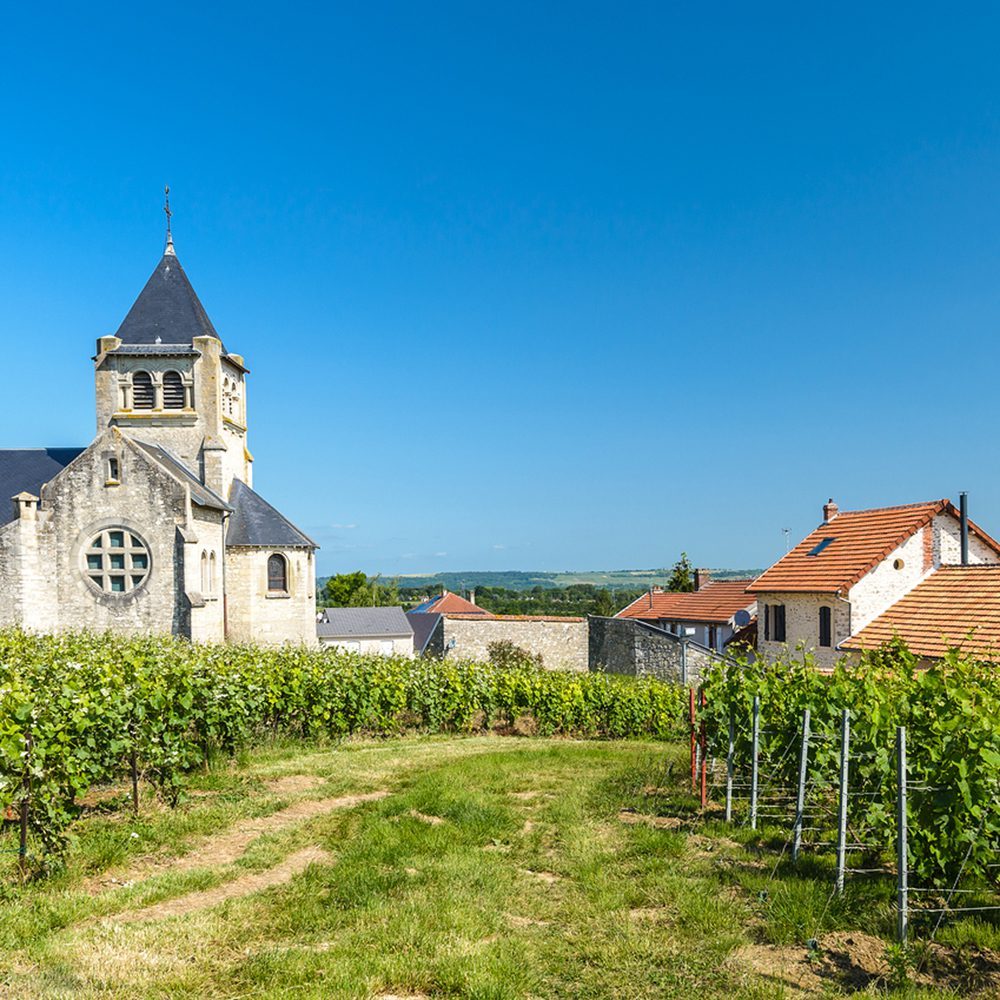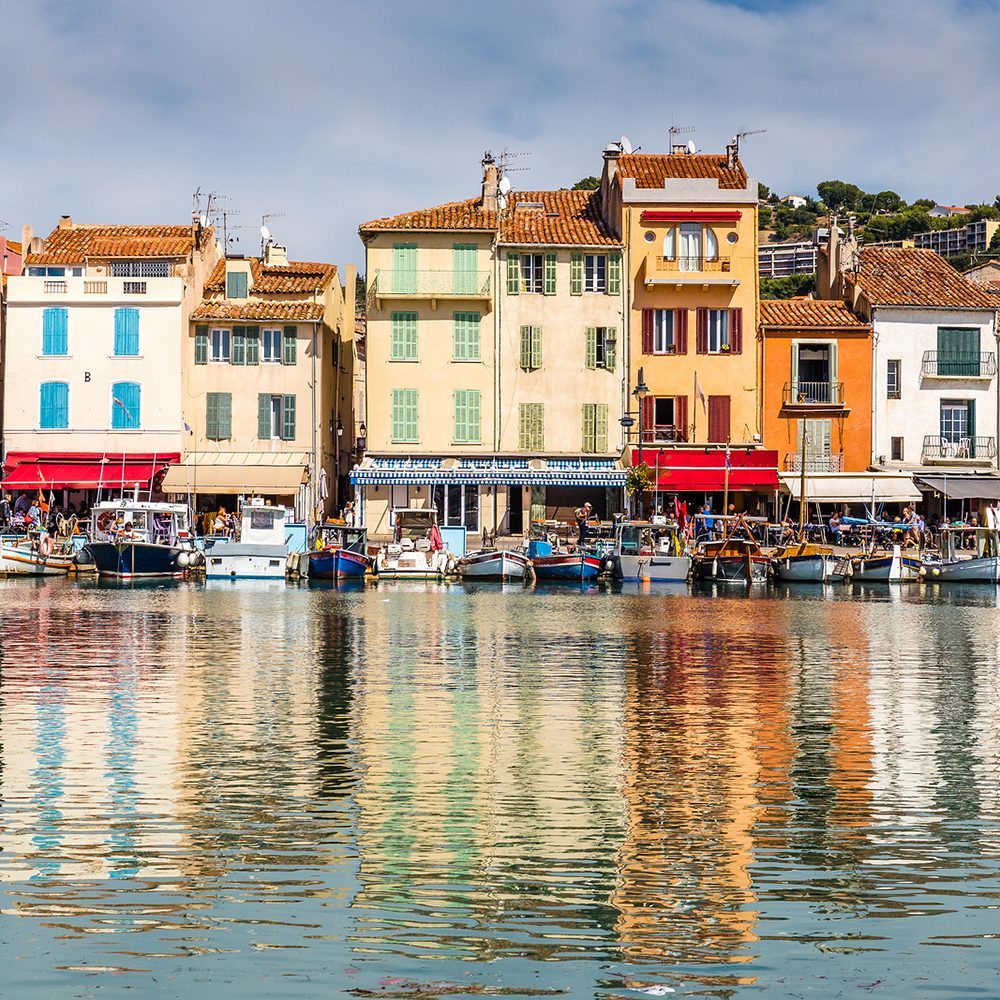Italy’s Craft Beer Renaissance
Italy’s Craft Beer Renaissance
Where once a fertile peninsula fortuitously nourished vast expanses of hearty, indigenous vines, a love to outlast the ages would be born. Italy’s love affair with wine, or rather its destiny to cultivate the oh so magical fermented nectar, is as important and necessary to life as breathing, laughing and loving. If music is the soundtrack of life, then certainly wine is the lifeblood of Italian pleasure, followed compellingly close by food – neck and neck really. A meal is simply not a meal without at a least a dram of the juice, and no gathering is deemed a celebration unless enough wine is flowing to even impress the likes of Bacchus himself. But while vino sits divine at the head of Italy’s table, the country’s burgeoning admiration for yet another fermented libation is certain to indelibly influence the palate of the wine-centric nation. Wheare grape juice, must and pomace have tread, barley, hops and yeast are closely following.
Civilization’s first record of wine production dates back to around 11,000 BC, which is indeed a pretty ancient start. But few are aware that the beginnings of barley based beers can also be traced back to around 3,000 BC. The advent of ancient brewing would eventually see the beverage being adopted in Europe by Germanic and Celt tribes. Beer would find its way to Italy through invading northern European tribes from Austria and Germany. Originally looked at with skepticism and dismissed as a strange drink from the faraway north, many Italians were slow to adopt the drinking culture of beer. In time, beer became an indulgence for members of the most elite of circles, with imports arriving from Austria. Italy’s domestic beer production would see its most rapid growth from the Middle Ages to the late 19th century. Despite a period of decline in consumption and production during the First and Second World Wars, domestic demand for beer in Italy has reached an all-time high due in part to the growth of exceptional craft breweries throughout the country and the development of innovative brewing techniques.
The beer market in Italy has historically been dominated by the production of pale lager for mass consumption. But in the last decade, Italian micro-brewing has seen tremendous growth due to energetic and imaginative young brewers, such as Baladin in Piedmont, Lambrate in Milan, as well as the public’s renewed love of such historic producers as 250 year-old Theresianer in Trieste and the 75 year old winery turned brewery Panil in Emilia-Romagna . With the majority of Italy’s beer makers strongly rooted in an artisanal sensibility but motivated by fascinating new formulations, it is to the delight of beer lovers from around the globe that Italy is now producing noteworthy spiced beers, tripels, bitter ales and pale ales, brought masterfully to life with native Italian flavors like chestnut, almond, thyme and bergamot. Italy’s next Renaissance is certainly underway, and it’s where the art of the lager soars in the exalted gallery of the neighborhood Gastropub.
